Where to Put Vending Machines: 27 Best Locations
March 2, 2023
March 2, 2023
If you’re looking to get into the vending machine business, you’ve come to the right spot. We analyzed existing resources and talked to the owner of Hill Vending to find out the best vending machine locations. Get ready to find out where to put vending machines!
Adam Hill bought his first vending machine route for $120K in 2014 and grew his vending machine business to $600K annually. He’s even started his own machine vending training course. In our interview, he explained there are four keys to vending machine business success:
Adam said:
Click any of the above text to jump to that section of the article. Adam Hill told us: He went on to explain there are two main ways to choose a vending machine location: Check out our interview about the vending machine industry below: In addition to the two ways that Adam mentioned, we’ll also discuss buying a vending machine franchise. Keep reading to learn how to buy an existing vending machine route. Adam suggests buying an existing vending machine business from a business owner because: As you review a potential route for purchase, you’ll want to ask lots of questions about the following: Adam discusses all that and more in our Vending Machine Class. Sign up for early access. Adam explained: Next, we’ll discuss cold-calling businesses. Adam also discussed going to businesses and negotiating to place vending machines on their properties. He explained that this can be difficult because existing locations frequently have a service contract. He also gave tips on the best person to talk to: He also explained why you shouldn’t approach the general manager or property owner unless you are dealing with a solo entrepreneur. Check out our in-depth walkthrough on the vending machine industry. Next, we’ll discuss vending machine franchises. Vending machine owners can also use the franchise model to start a vending machine business. This vending machine business model is often used by major vending machines companies like Coca-Cola and Pepsi. In addition, other vending companies like Pharmabox use this model. There are two basic models that these franchising opportunities use: Check out our other blogs about vending machines including: Then sign up for our Vending Machine Bootcamp. You’ll want to consider the elements of choosing a location for your vending machines. The best locations for vending machines have the following characteristics: Let’s look at each of these a little more. You can legally put a vending machine anywhere you have an agreement with a property owner. There may be licensing requirements depending on your location, but as long as you follow the laws and have an agreement in place, you can put your vending machines in almost any location. The vending industry covers all types of products. Your ideal location will depend on what you sell in your vending machines. The right location for a snack machine is almost anywhere (except maybe the lines in amusement parks), but maybe you shouldn’t offer energy drinks in the waiting room in medical centers. Adam told us: Check out our blog about different types of vending machines to find the types that most interest you. The number of people passing a vending machine impacts whether you have profitable locations. Some locations have less than 50 people passing the vending machine daily, while airports can achieve up to 76 million travelers per day. A business that is busy 24/7 like a hospital is likely to be a better place for a vending machine than somewhere like an apartment complex pool that closes for half the day. You’ll want to make sure that your route is easy to get to regularly. The further you have to drive, the more business expenses you’ll have. It is harder to sell products if people can’t easily access the vending machines. Providing easy access means: Sometimes there will be a suitable location in areas that are off the beaten path. For instance, shopping malls and casinos often have hallways with a bathroom and drink machines. These machines regularly do well because people buy snacks or sports drinks while waiting for their friends. You probably want to avoid businesses where the property owner frequently changes. You don’t want to enter into a vending machine placement contract, then have to renegotiate with a new owner soon afterward. Next, we’ll discuss some of the best locations for vending machines. We’ve compiled some data on the best places to put a vending machine. We’ll cover: Consider some of the following vending machine location ideas. The top 10 airports have more than 100,000 people passing each day. Your vending machine business is sure to make some great revenue. You’ll need lots of machines and potentially a full staff to keep up with the foot traffic in the best locations. If you can’t secure one of the best locations, there are plenty of other options. A business owner that even secures a slower airport has over 600 people pass their vending locations every day. Placing vending machines at train and bus stations can be highly profitable. Amtrak, the largest U.S train station operator, carries more than 22.9 million riders in 160 communities. That comes out to 400 riders daily per community, but the highest travel rates see more than 34,000 people per day. Meanwhile, Greyhound Lines serves nearly 16 million passengers across 135 markets, or over 325 people per bus station daily. If you can negotiate a deal with the station property owners, they are a good place to put a vending machine. Hospitals and long-term care facilities are also high-volume places for vending operators. According to the Center for Disease Control, the average person goes to the doctor 2.5 times per year, and such facilities house nearly 240,000 people. There are three common areas to include vending machines: A waiting room is a great place to put a vending machine with healthy snacks like protein bars and granola bars. You’ll probably do well with drink machines as well. Provide vending needs for people waiting for their families and make a nice profit doing it. Employees need a place to get an easy snack or drink and a vending machine in the break room can be highly profitable. You’ll get a steady flow of revenue from these 24/7 businesses. Placing a vending machine near the nurses’ desks is a great way to make a huge profit because you can serve patients, visitors, and staff all from one machine. Another good place to put vending machines is in warehouses. Warehouses are commonly used as distribution centers, manufacturing facilities, and industrial parks. These businesses generally employ hundreds or thousands of people and operate 24/7. State laws typically guarantee two 15-minute breaks and a 30-minute break per shift. That means vending machines in the break room do well because employees don’t have time to leave the premises. A vending business can be highly profitable if you place machines in office buildings with 50 or more employees. Employees get hungry and thirsty throughout the day and vending machines provide options for people who forgot to bring something from home. That makes an office space a great location for vending machines. Apartment complexes are great locations for vending machines. Each complex is different, but many have multiple locations for people to pass a machine regularly including: Adam warned us: Keep reading to find out why a car dealership is on the best vending machine location list. Car dealerships make great locations for beverage services because they have lots of employees, plus the average consumer spends nearly three to four hours buying a car and several hours waiting every time they take the car for service. Guests in a hotel or motel will want a quick snack or drink even if they don’t want a full meal. Once you negotiate deals with these properties, you might wonder where to put your vending machine. You can place your vending machine: Given that hotels are 24/7, they can be top-grossing locations. Gyms and fitness centers are full of people working out. Where can you put a vending machine in a gym? Try the following locations to give your machines a competitive edge: Make sure to offer healthy snacks, water, and sports drinks. They don’t expect a full meal because that would weigh them down. Schools, community colleges, and universities are always busy. That makes them a great place for vending machines. Just to give you an idea there are: States often have regulations about the type of quick snack options you can provide on school property. You’ll also need to be ADA compliant. The answer for many colleges is probably no. Many private institutions are seeing large declines in enrollment. Some state-funded schools are doing well, but on average they are facing year-over-year declines (see enrolled students link above). If you can negotiate deals in these locations, you may find greater success because they have growing populations of college enrollment: Make sure to research the enrollment trends and percent of students who are online only. Every school releases information about this. Keep reading for another exception to the decline in foot traffic at colleges. If a college has a dorm, you might want to figure out how to get vending machine locations into it and the rest of the campus. Dorms tend to have lots of people at them 24/7. Don’t forget to integrate your card machine with their meal plans to get even better revenue. A retail store has two primary areas vending machines make sense: The front of the store should be things that people run in to get quickly like personal hygiene products, while the break rooms would be perfect for snack machines and drink machines. A gas station needs a variety of vending machines, but most machines will not be coin operated. They may be from one vendor or multiple vendors. They will typically include: It’s difficult to be all things to all people so if you choose to go with gas stations, start with one type of vending option and go from there. A shopping center is another great place for vending machines. You can place a vending machine: If there’s an amusement park in your area, you can find places to put vending machines like: They’ll be outside, so they’ll have more wear and tear. A sports complex will also have similar needs. These buildings make great locations for vending machines because they host meetings and conventions where people spend most of their days. You can place vending machines that offer: A car wash is a great place for a vending machine because people often want a drink. There are two types of car washes: If a restaurant has popular items that will stay good for a decent amount of time, it might boost business to offer them in vending machines. This is especially so in a location that makes it easy to pick up food on the way home from work. Check out this Pecan Pie Vending Machine outside Berdoll’s Farm: Offer to place a vending machine outside of a health food store and help them sell their products even when they’re closed. Communities that often sponsor athletic events that involve cycling and running might especially benefit from after hours service. Salons are bustling with activity and people will often get hungry or thirsty during a cut or dye job. Provide vending machines for employees or customers to get their snacks or drink on the go. You might even be able to offer alcohol in them. Offering drinks and snacks in a park is another great way to find vending machine locations. If you start a Hey Buddy Franchise, you can offer treats for humans and doggies in the same vending machine. Everyone will be happy when they get a treat with man’s best friend. Laundromats and vending machines go together like peanut butter and jelly. You can offer snack and drink machines, but don’t forget to offer products for laundry care, too. Check out Vend-Rite for vending machines specifically made for laundromats. If you’ve ever wondered how to start a laundromat business, we’ve got a blog about that, too. An RV Park is a great place for a vending machine because people often need drinks, ice, snacks, or personal hygiene items while traveling. If there is an RV Park near you, see if you can provide services. A waiting room is a great place to put a vending machine with healthy snacks like protein bars and granola bars. You’ll probably do well with drink machines as well. Provide vending needs for people waiting for a service to be completed and make a nice profit doing it. Employees need a place to get an easy snack or drink and a vending machine in the break room can be highly profitable. You’ll get a steady flow of revenue from these, especially in 24/7 businesses. Placing a vending machine near the nurses’ desks is a great way to make a huge profit because you can serve customers, visitors, and staff all from one machine. Firefighters commonly live at their stations during their shifts. They need drinks and snacks, so make it easy for them with a vending machine. Now that you know where to put vending machines, let’s look at how to find a vending machine location. There are a ton of ways to find vending machine locations. You might want to try some of the following ideas. You can look up businesses online to establish places you want to offer to put vending machines. I’m going to use Clark County, Nevada as an example. You’ll want to follow these steps: The following steps are sparsely cited because this is a strategy I use when conducting research for my consulting business. Let’s look at each step. Do a quick Google Search to find your local business licensing lookup. In this example, the search would look like “Clark County business license lookup.” The results should look similar to the picture below: You want to make sure that it is the real site, which means look for a .gov in most scenarios. Click the link that says “Business License Search.” That will bring you to a page that will be similar to the one below: We’ll discuss what to do here in the next step. On this step, you’ll have different ways to search for a business license including: Click on the “Search Business Category” option and it will take you to a page that looks like the one below: Each state will have slightly different options, but should be similar. I’ve done this in Dallas, Las Vegas, and Seattle, where all were similar. You can fill in as many of the following fields as you want. Once you’ve put in the information, click enter and you’ll get results like the ones below. You’ll want a list of businesses to research that includes about 50-250 businesses, depending on how many machines you are trying to place. I only found six hotels so I would need some more from other categories in this example. Next, we’ll want to review each business. If you click on one of the licenses, it will take you to the summary page, which looks like the picture below. You specifically want the address, phone number, and owners’ name from the screen. Do your research on them to find out: Once you find enough information, it’s time to reach out to them. Depending on the business, you can either do an email lookup, call them, or just go up there. An email or call is less expensive and might help establish if they are open to discussing your proposal. If they agree to meet with you, go visit them. If not, move on to the next business. When you visit the location, bring a: Remember to be friendly and observe the location so you can describe where you’d put the machines and how often you’d provide service. Once the property owner agrees that it makes sense to have a vending machine on their property, negotiate the terms and provide them a vending machine proposal contract. While many vending machine companies don’t like offering a percentage to the property owner, it is common to pay 5% to 20% of sales for lease of the space. Once they sign, start preparing to service their location. Now that you have established where to place your vending machines, it’s time to place them and provide stellar service to your customers. We’ve partnered with Adam to bring you the best information on starting a vending machine business. Sign up for our free class below: What are your favorite vending machine locations?
3 Ways of Investing in Vending Machines
Buy Vending Machine Route
Perform B2B Sales
Buy a Vending Machine Franchise
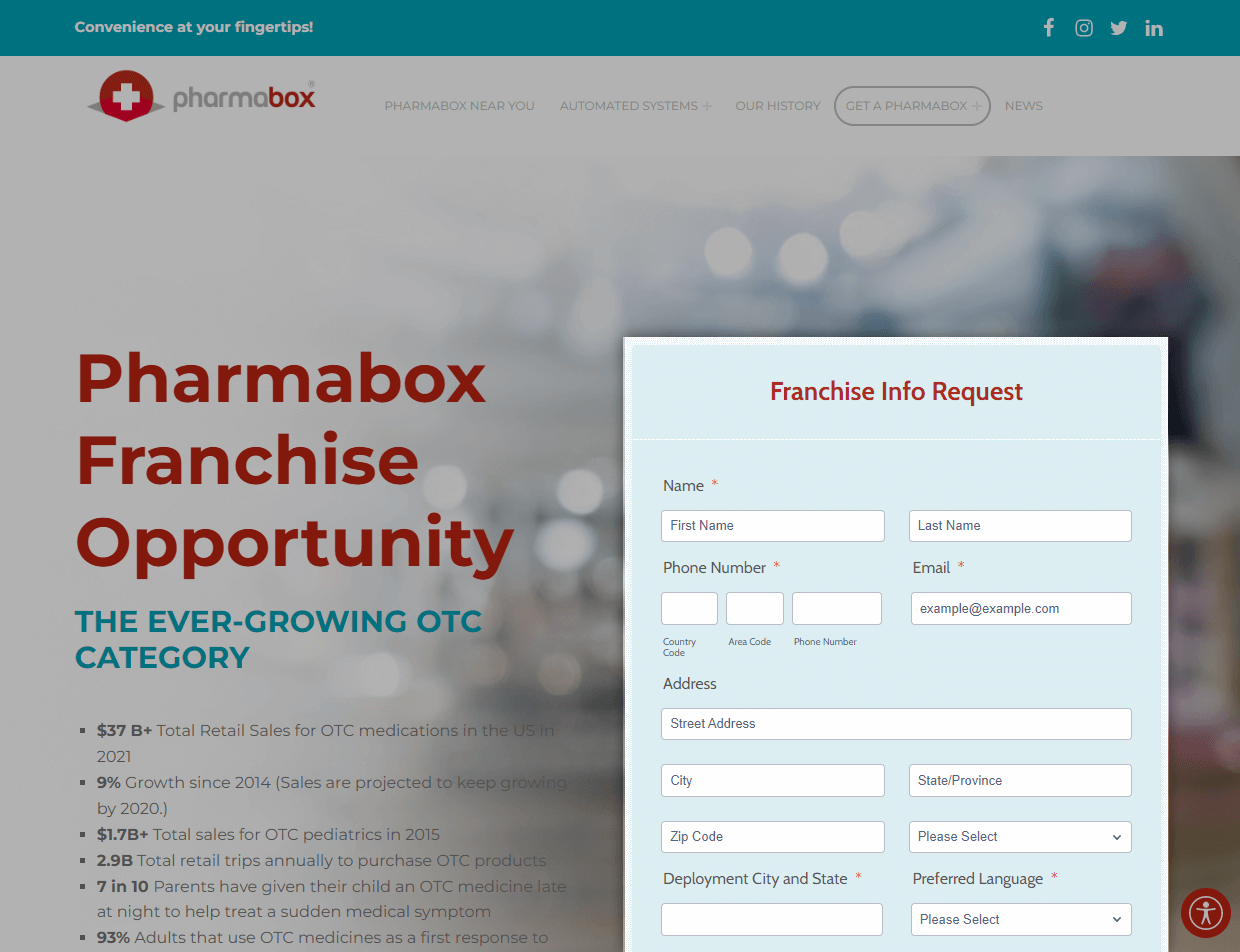
Where Can I Learn How to Start a Vending Machine Business?
Where Can I Put a Vending Machine Near Me?

Where Can I Legally Put a Vending Machine?
Type of Vending Machine Business
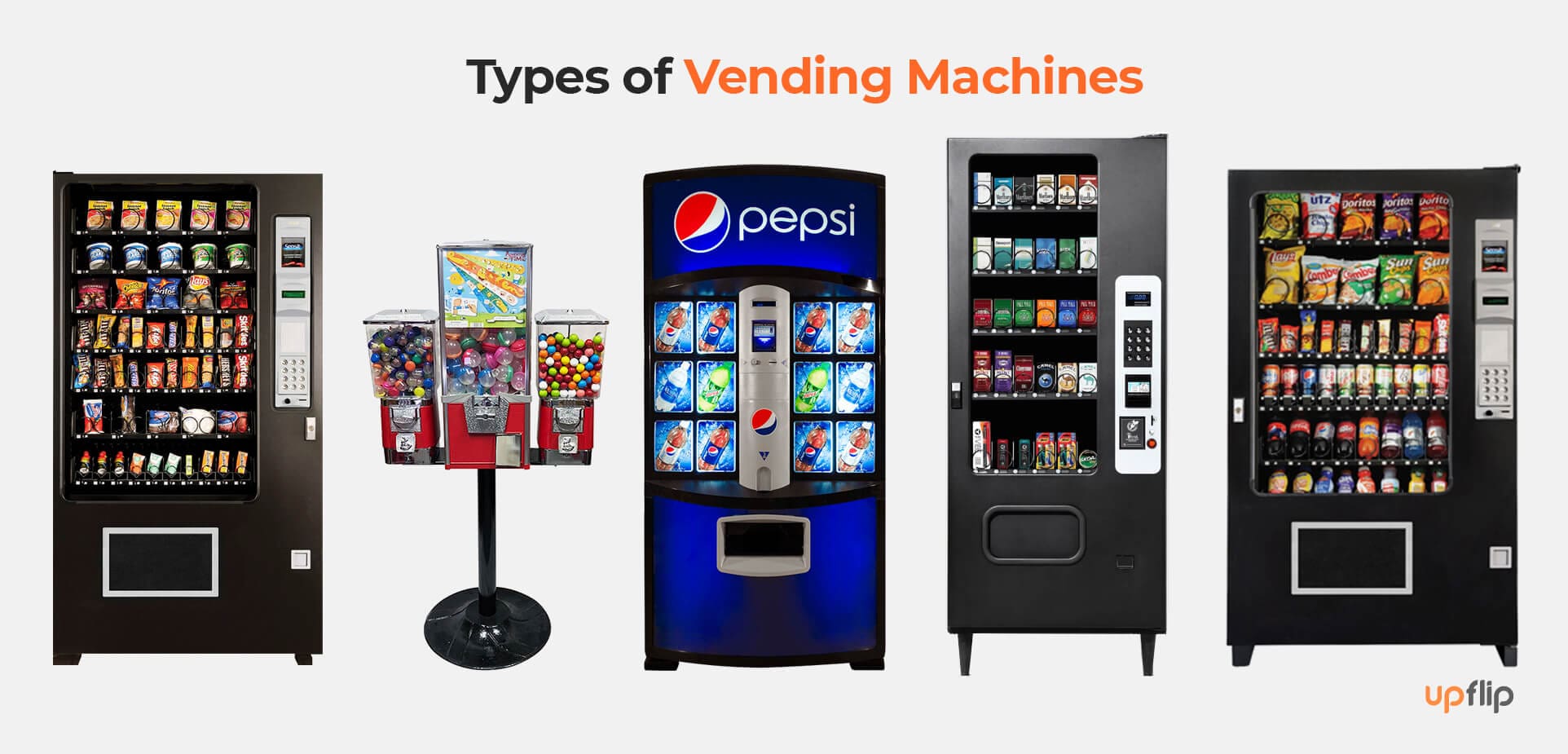
Foot Traffic
Hours of Operation
Distance from You
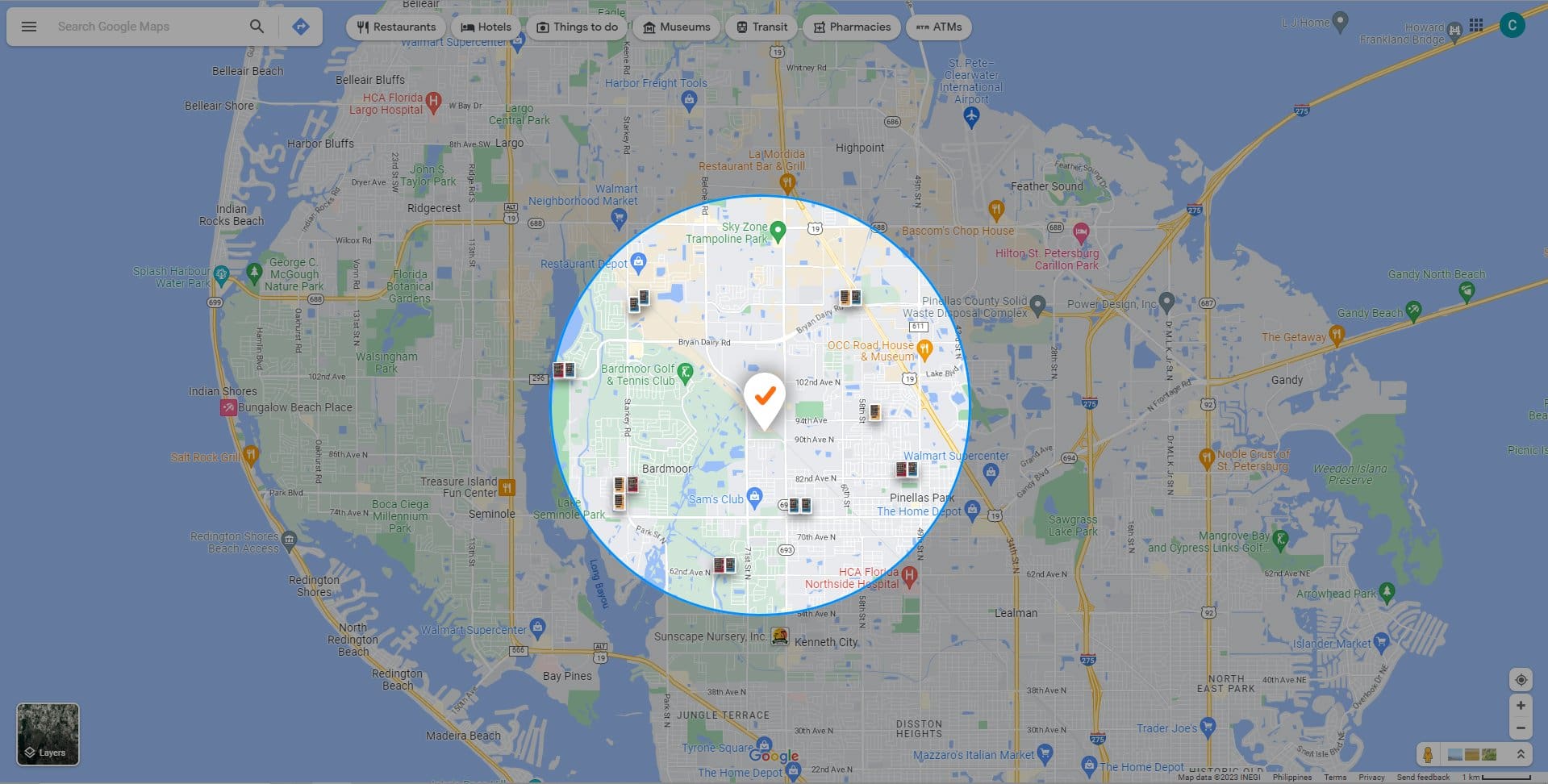
Accessibility to the Vending Machine
Infrequent Ownership Changes
Best Places to Put Vending Machines
#1. Airports Are the Best Locations for Vending Machines

#2. Where Can I Put My Vending Machine? Bus and Train Stations
#3. Hospitals and Care Facilities Are Good Locations
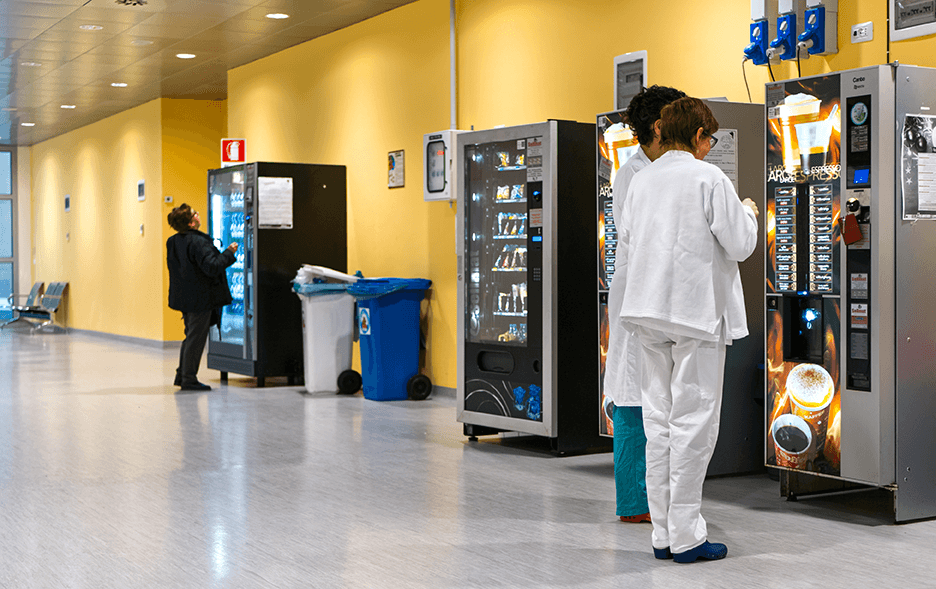
Waiting Rooms
Break Rooms
Reception Desk
#4. Warehouses Are Good Places to Put Vending Machines
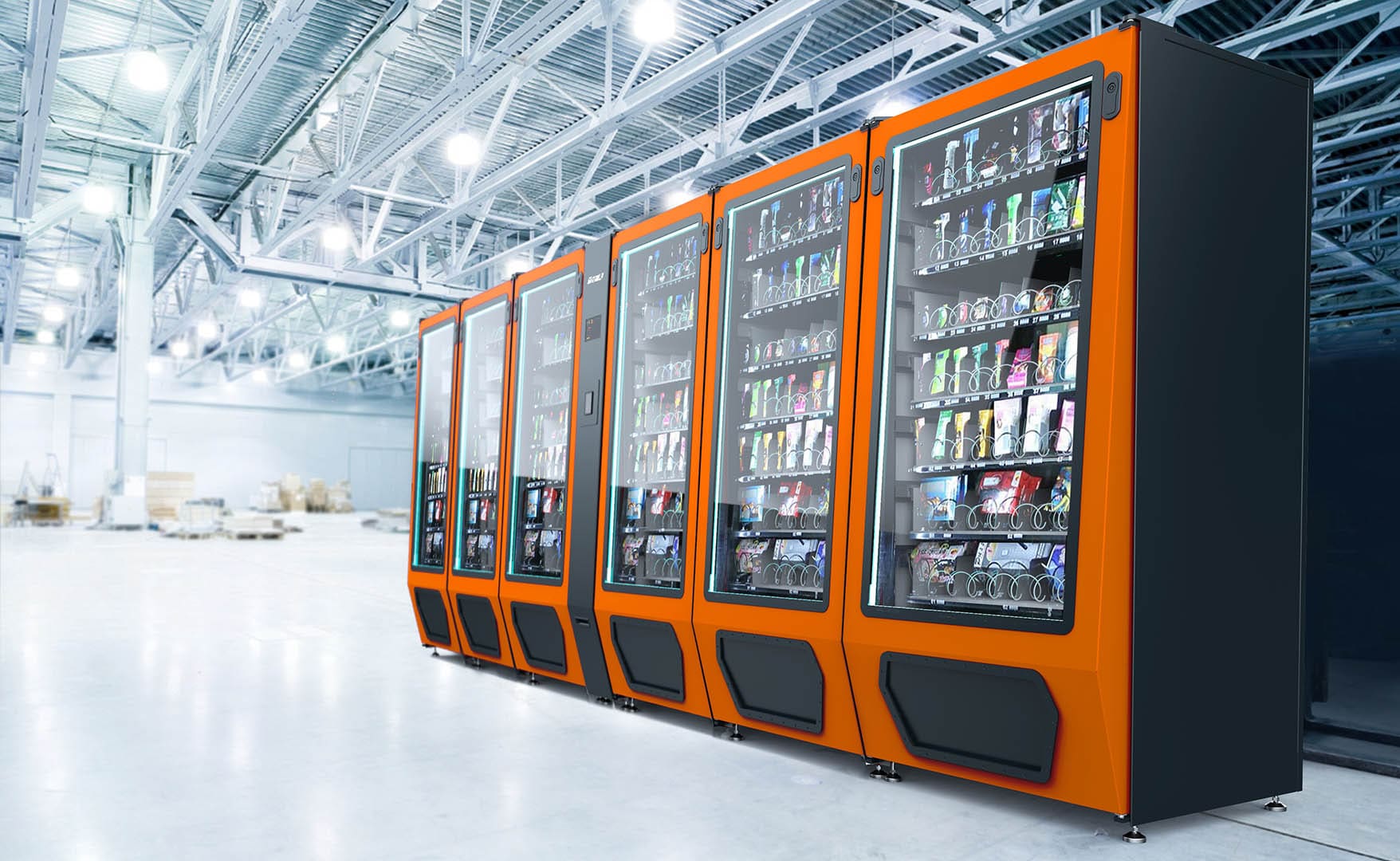
#5. Where Can I Put a Vending Machine? Offices
#6. Where to Put a Vending Machine: Apartment Complexes
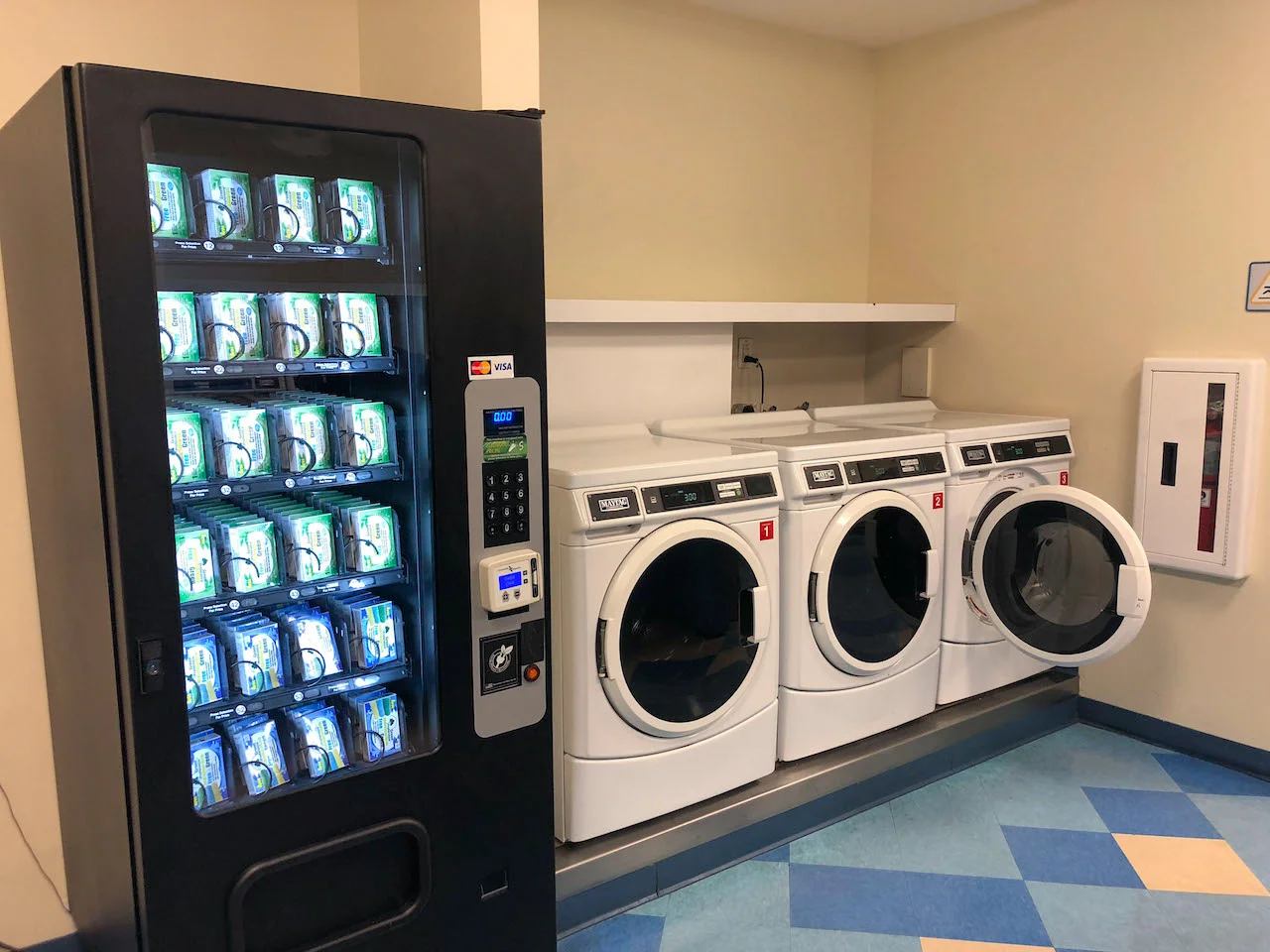
#7. Where Can I Put My Vending Machines? Car Dealerships
#8. Best Location for Vending Machine: Hotels
#9. Gyms Might Be Ideal Locations
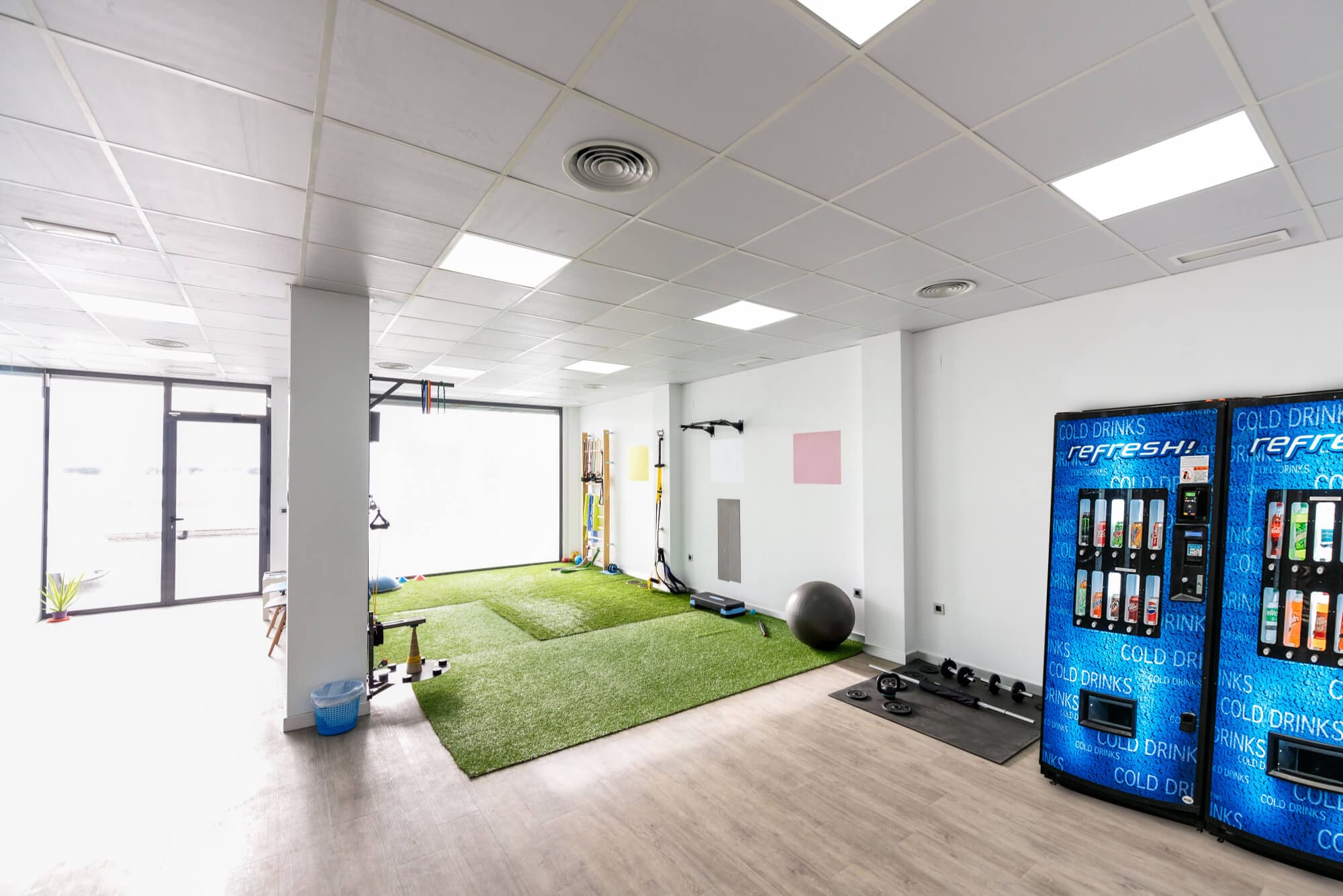
#10. Want High Foot Traffic? Try Schools, Community Colleges, and Universities

Are vending machines a good investment on college campuses?
#11. Dorms: Best Vending Machine Locations
#12. Retail Locations are Great Vending Machine Locations
#13. Gas Stations Use Vending Machines Too!
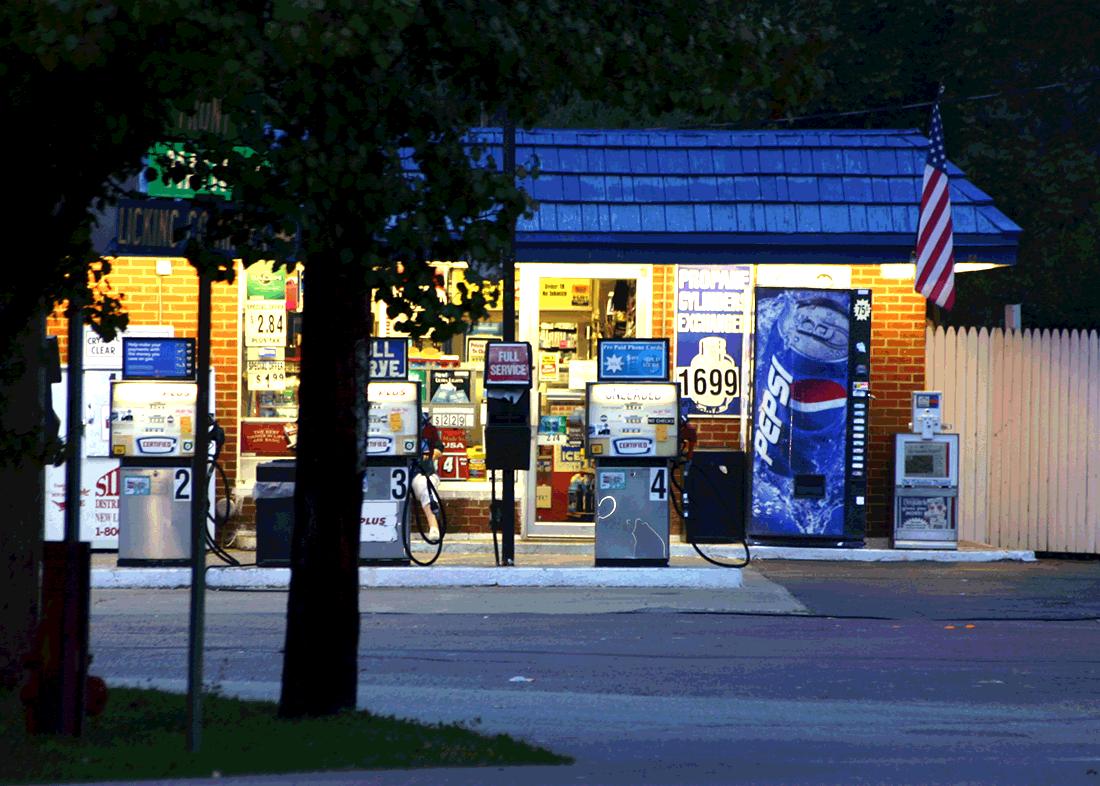
#14. Shopping Centers are Good Vending Machine Locations
#15. Amusement Parks are Great Locations for Machine Vending
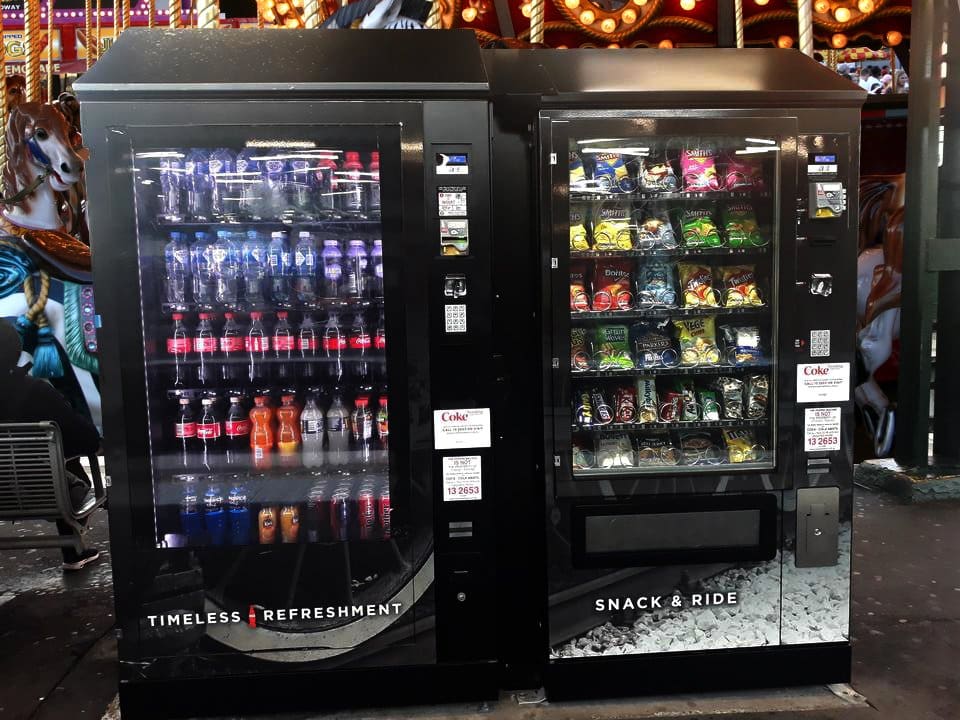
#16. Conference Centers Need Vending Machines
#17. Car Washes
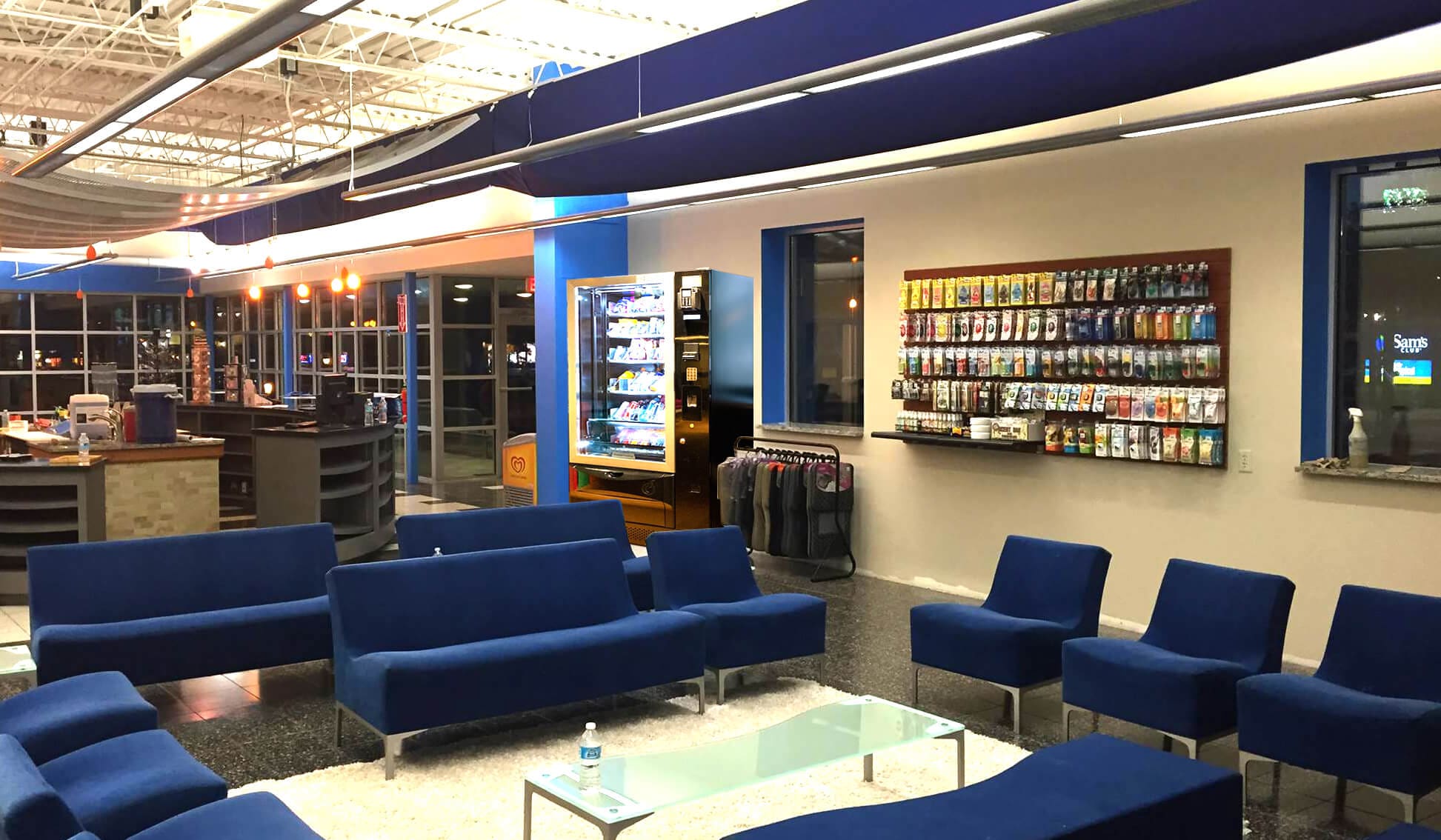
#18. Restaurants Use Vending Machines to Save Time
#19. Health Food Stores
#20. Hair Salons
#21. Parks are Great Places for Vending Machines
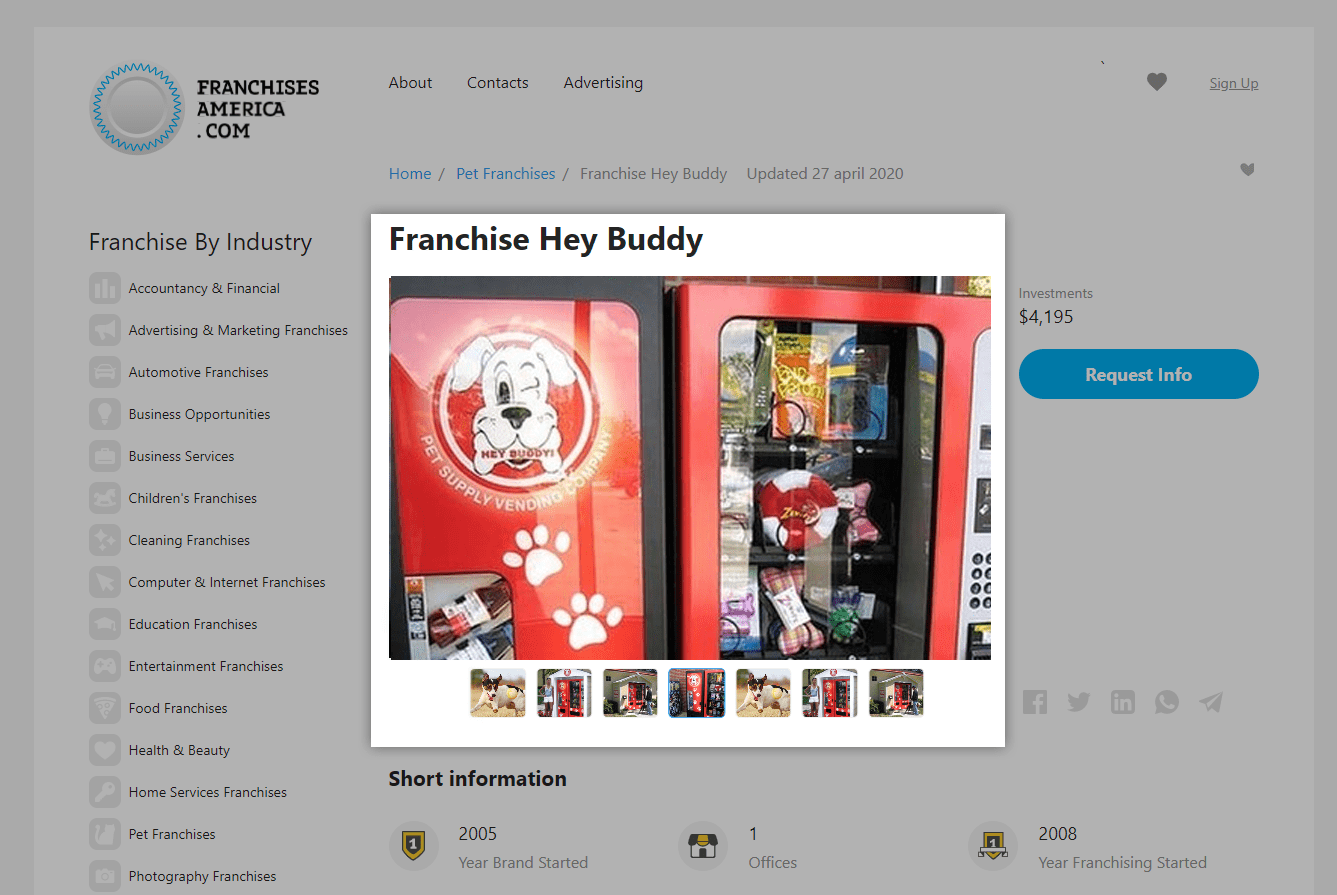
#22. Laundromats Need Specialty Vending Machines
#23. RV Parks Need Vending Machines
$24. Waiting Rooms: Visitors Love Vending Machines
#25. Break Rooms: Employees Need Snacks
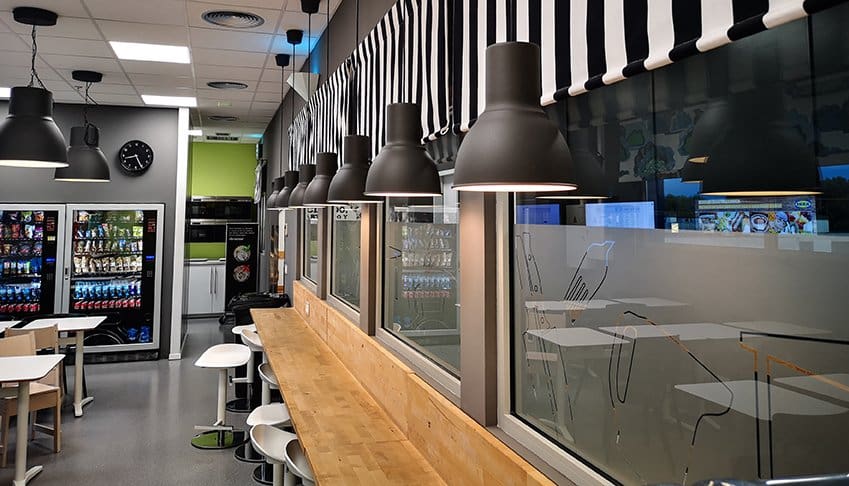
#26. Reception Desks Like Vending Machines
#27 Fire Stations Need Food And Drinks
How to Find Vending Machine Locations
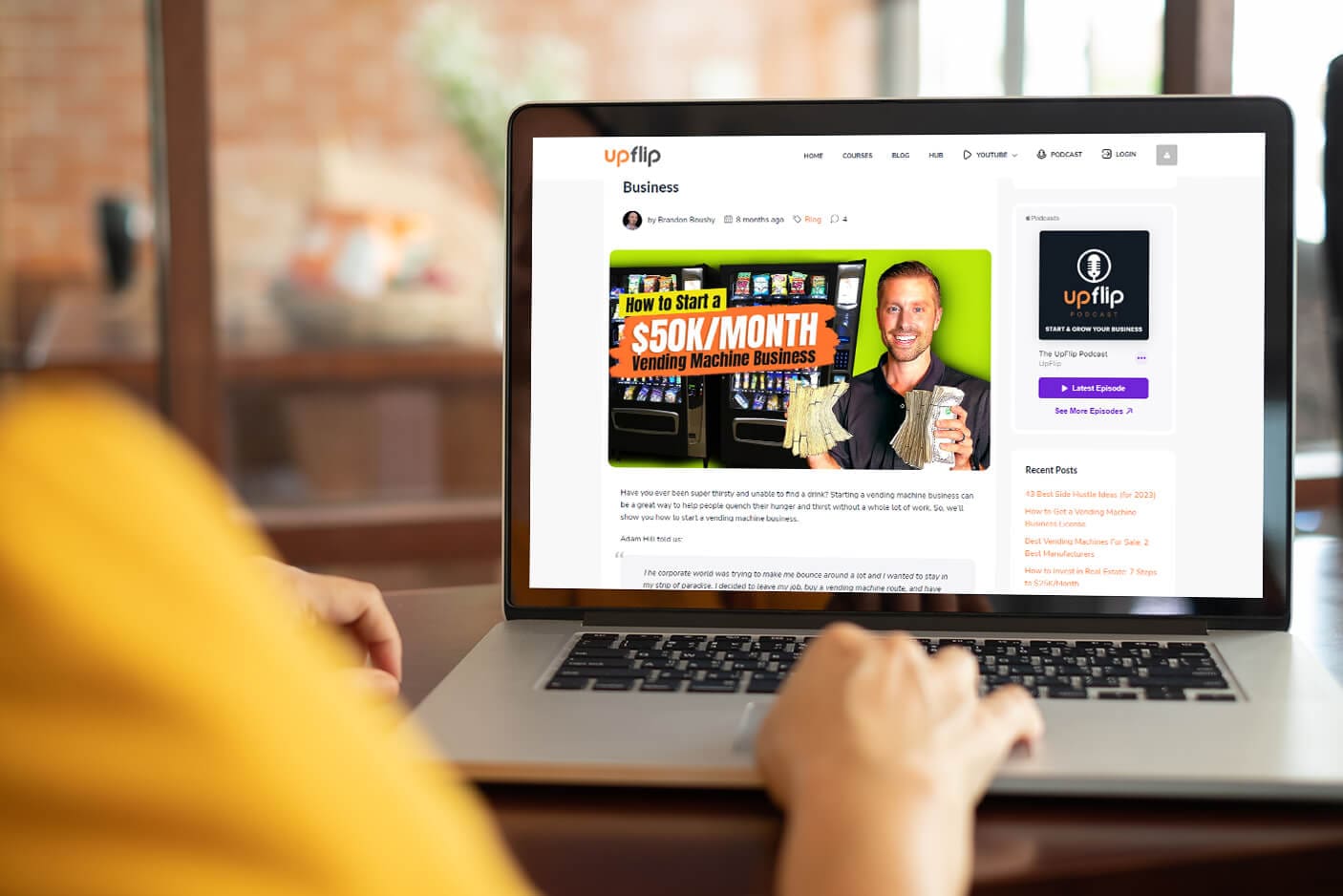
How to Find Locations For Vending Machine Using Business Lookups
Find Business Lookup Site for Your City
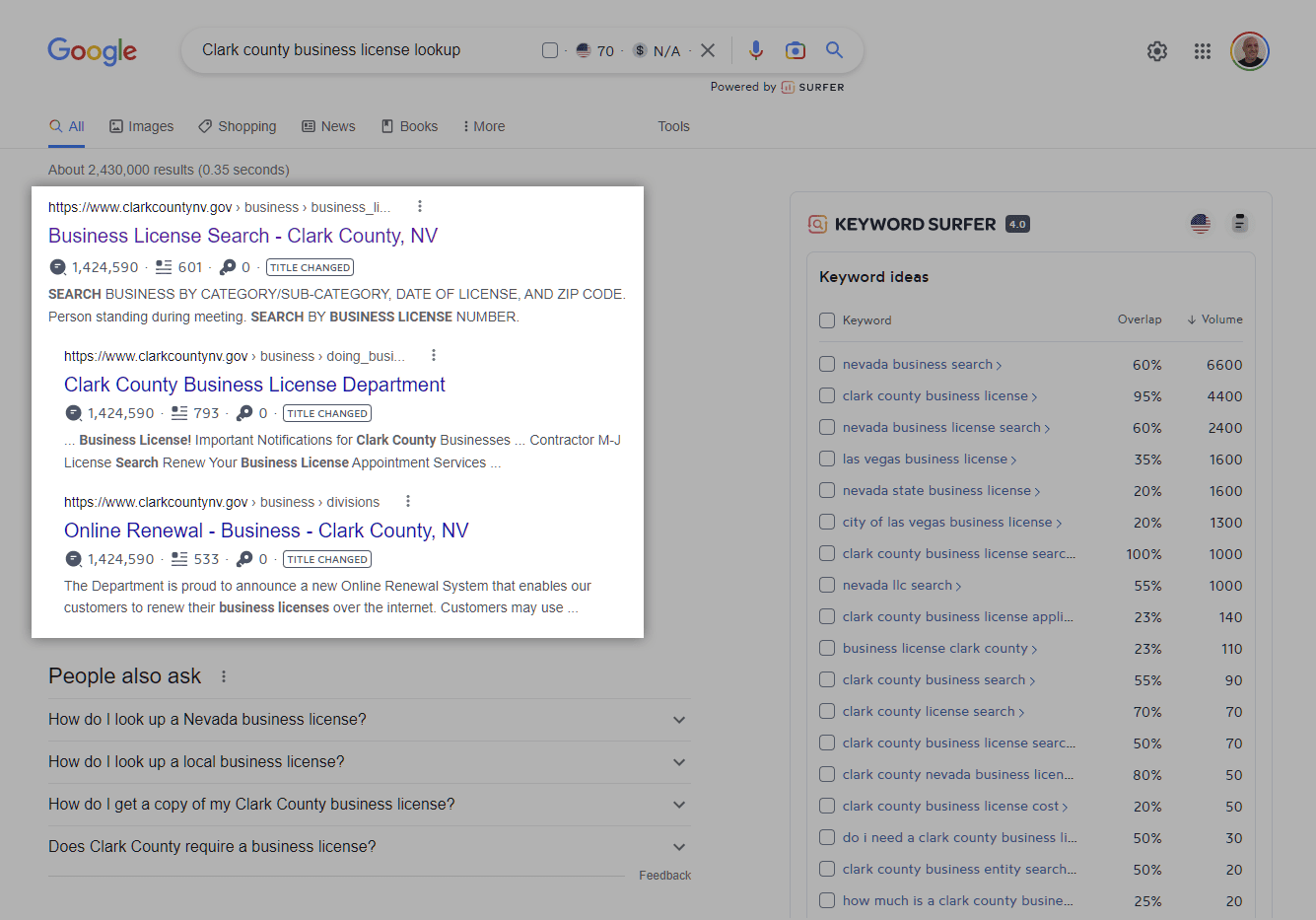
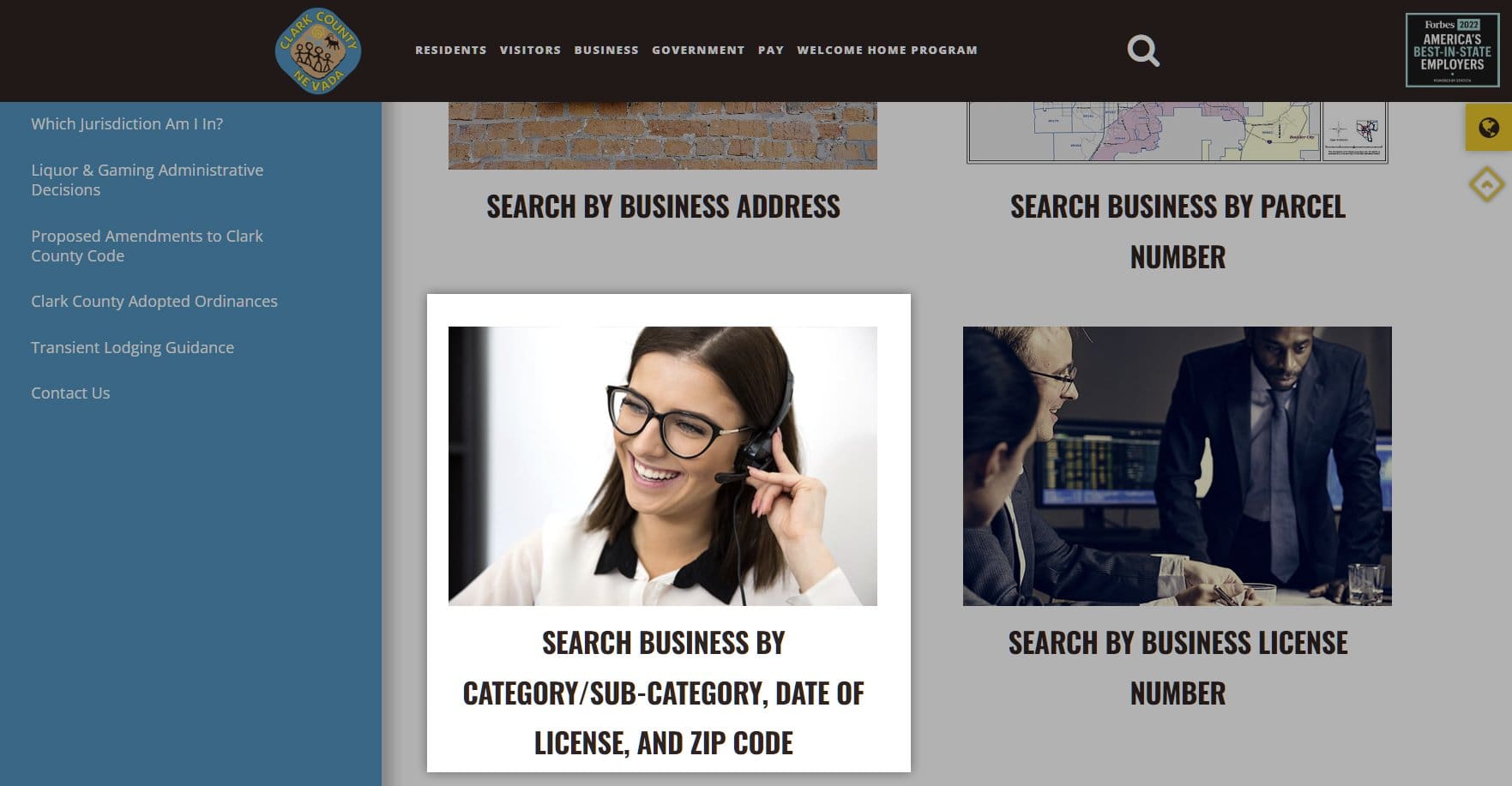
Review Search Options
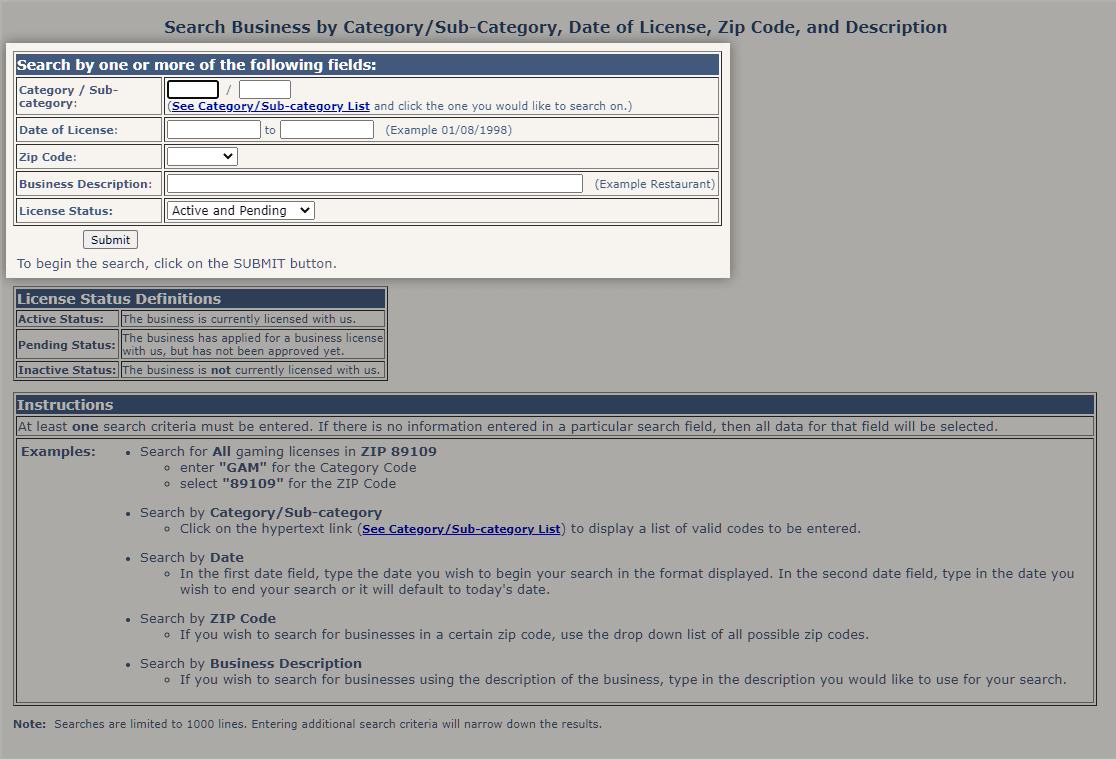
Input Category, Date of License, or Zip Code
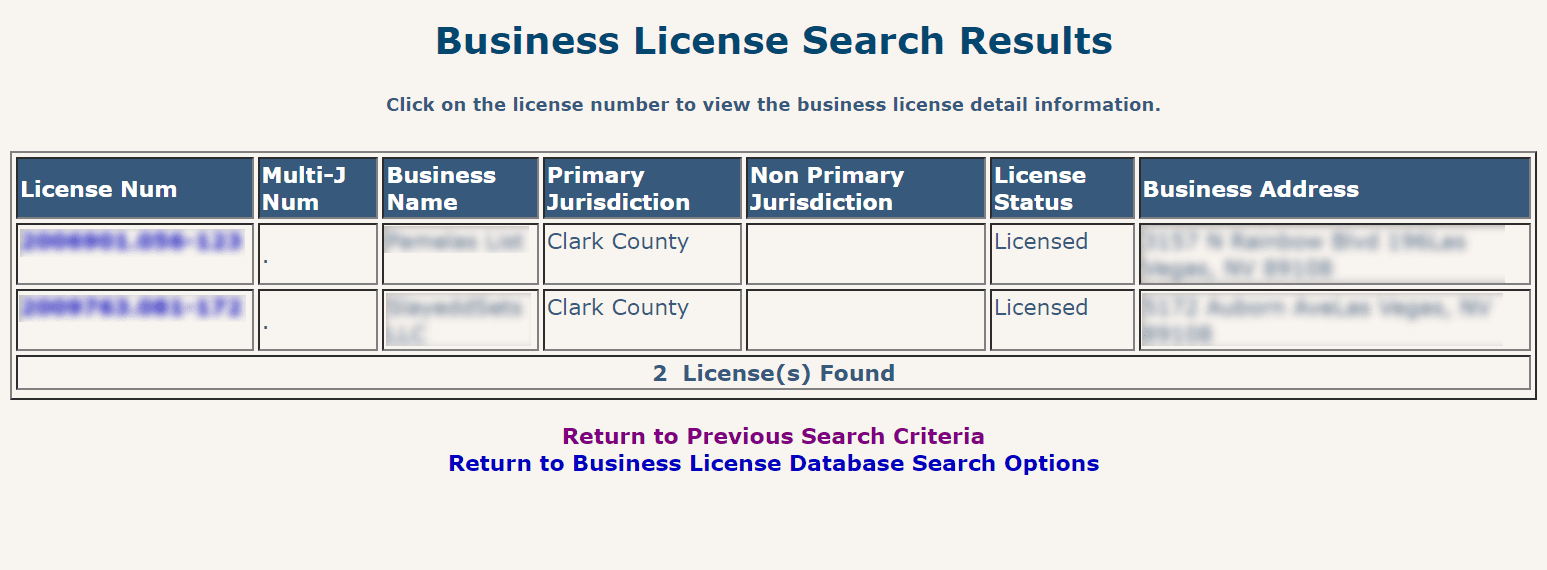
Review Businesses
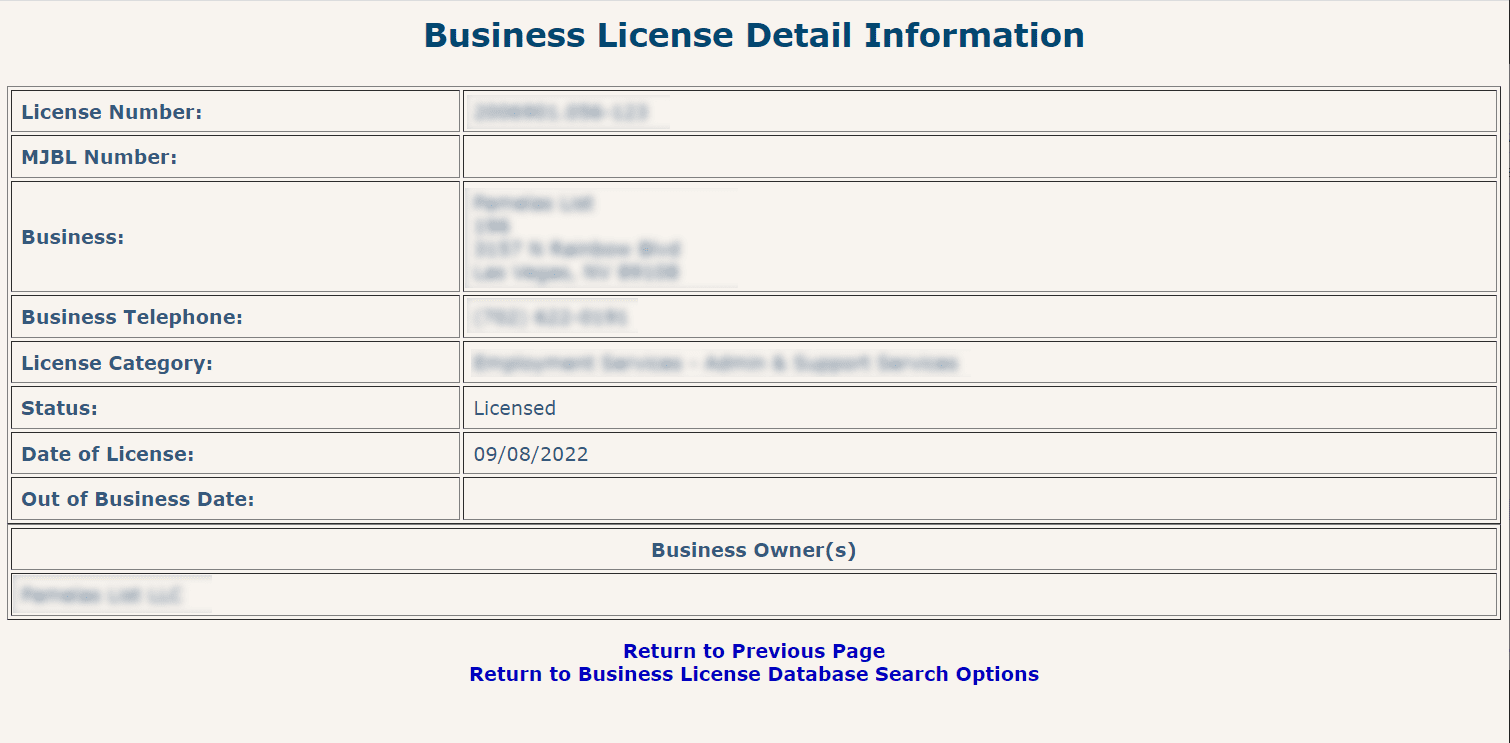
Reach Out to Business Owners
Visit the Location
Provide a Vending Machine Contract Proposal
Ready to Take The Next Step?
Brandon Boushy
 A $100-million-dollar business is normally going to be a publicly held company. According to KPI Crunch, somewhere between 1 and 3 percent of companies in business databases are $100 million business ideas.
A $100-million-dollar business is normally going to be a publicly held company. According to KPI Crunch, somewhere between 1 and 3 percent of companies in business databases are $100 million business ideas.

 Make at least $2,739.72 of daily revenue, $19,178.04 per week, or $83,333 monthly.To make a million in a year, focus on the most profitable businesses and be prepared to invest at least $80,000 in marketing over the year.
To make $1 million in profit, just divide $1 million by the profit margin.
Make at least $2,739.72 of daily revenue, $19,178.04 per week, or $83,333 monthly.To make a million in a year, focus on the most profitable businesses and be prepared to invest at least $80,000 in marketing over the year.
To make $1 million in profit, just divide $1 million by the profit margin.

Do you like physical work and driving around? Maybe starting a junk removal business is right for you.
Kyle Landwehr started Slam Dunkin Junk and The Junk Academy three years ago. Now he’s making $200K to $300K every month to haul away junk—and teach people how to start a junk removal business of their own.
[su_note note_color="#dbeafc"] With advice from Kyle, we’ll answer the questions about starting a junk removal business below. Click on any link to learn more, or just continue reading.
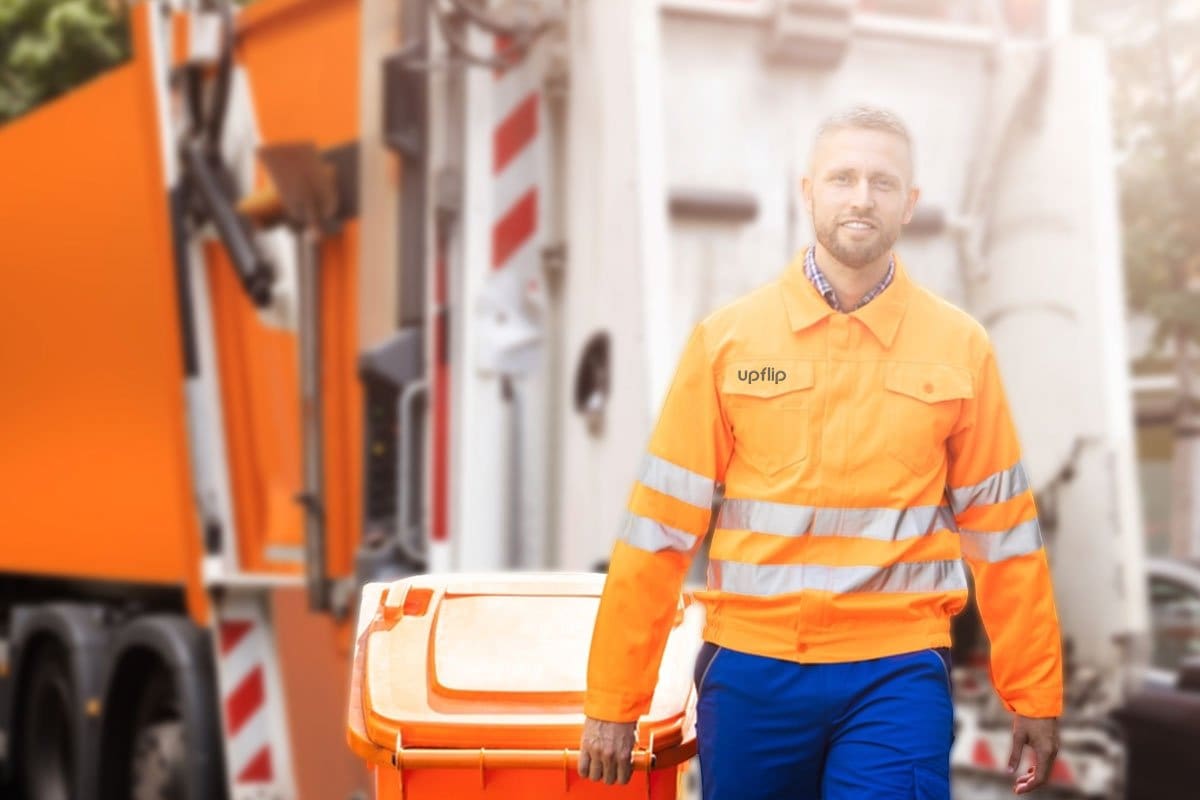
A junk removal business focuses on removing unwanted furniture, appliances, and other items from residences and businesses. It also includes garbage collection, and you may hear it referred to as the waste removal industry.
It’s physical work, and it’s possible to injure yourself. Kyle shared:
[su_quote]I was making $30K to $40K monthly when I broke my ankle stepping off the truck. Breaking my foot is what caused me to start hiring employees and [scale] my business to what it is now.[/su_quote]
He also explained that his injury got him into real estate. Listen to the interview below to find out how:
You should understand the junk removal industry before you enter it. Some of the important questions you should ask before you start a junk removal company include:
The amount of money you need to start a junk removal business will depend on the business’s location (due to cost of living) and the materials you already own.
The items you’ll need to start a junk removal business include:
• A truck: $1,000 to $90,000
• Limited liability company (LLC): Under $1,000
• Business license: Under $1,000
• Business insurance: $1,000 to $10,000
• Dolly: $200
• Trash bags: $25
• Reciprocating saw: $300
• Safety equipment: $100
• Website: $1,200 per year
That means you can start a junk removal business for as little as $4,325 or as much as $102,325. Kyle told us:
[su_quote]If you have a truck, expect to spend around $6,000 starting your business. If you want to know how to start a junk removal business with no money, promote it on Facebook groups during the week and rent a U-Haul on the weekend. That will cost you $40 per day, plus $1.30 per mile.[/su_quote]
According to IBISWorld, there are 8,607 companies in the junk removal industry. They make a combined $73.7B, or $8.6M each. Kyle told us he makes $200K to $300K a month as a junk removal company owner.
Yes. The gross profit margin is 32.74%, while the junk removal profit margins come out to 7.29% after after taxes, bonuses, and all other costs. This is based on data from 62 publicly held companies.
Kyle told us:
[su_quote]The gross profit margin the first year was around 50% margin, [the] following year 30% to 35% margin, and the third year I hired an operations manager, which took the margin down to 20%, but now I don’t have to be involved in the business.[/su_quote]
The salary for working as an operations manager is around $75,000 annually for waste removal companies. This is nearly $18,000 less than other operations managers. When you run an S-Corp, you will need to use that as your wages and any profit you can pay as dividends.

For your company to be a profitable business, make sure to write a business plan.
You’ll want to include:
Check out our interview with Mike Andes to learn how to write a business plan. You can refer to our business plan writing guide as well.
Kyle told us:
[su_quote]My smartest business move was building my plan.[/su_quote]
A distinctive and memorable brand for your service-based business sets you apart from competitors and establishes a reputation for your enterprise. Your brand relies on two main elements: your business name and logo.
First, select a junk removal business name that draws in customers and conveys a strong message about your services. Make sure it’s not already taken in your service area and online.
Next, craft a logo for your junk removal service. You have the option to hire a designer for assistance, or you can create one yourself using an online logo creator such as Canva.
You’ll want to register your business with your state. Kyle and most other business owners recommend structuring your business as an LLC, but there are plenty of other structures. Learn more about the business registration requirements and process in our business registration guide.
The cost of registering on the Secretary of State website varies from state to state. To give you an idea of the cost, Kyle said he paid $300 for his LLC in St. Louis.
You’ll also need an Employer Identification Number from the IRS.
A junk removal business may need local or county licenses. Check with your local government’s business office to see what is required in your state.
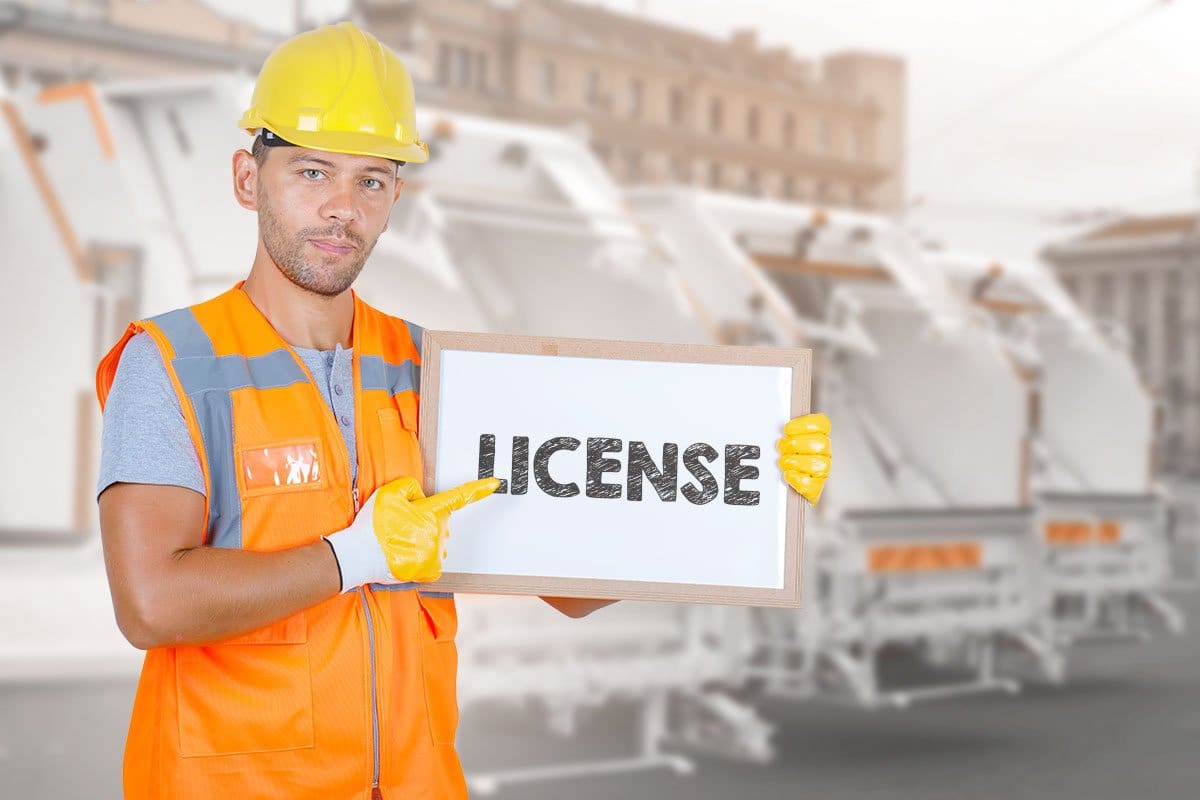
You may need special licenses and permits for waste removal if you collect hazardous waste or do construction tasks like demolition (which Kyle offers in addition to junk removal services). He also told us:
[su_quote]You could also offer dumpsters for people [which requires licenses].[/su_quote]
Your local business office will be able to help you establish what business licenses you need.
A junk removal business needs a small business bank account before it offers junk removal services. The business bank account should have low fees and high interest rates on savings accounts. Keeping your finances separate will be helpful when tax season arrives.
You’ll also need junk removal business insurance. A junk removal company will need commercial auto insurance and general liability insurance at a minimum, but you might want more extensive business insurance, like a business owner's policy (BOP). Learn more in our business insurance guide.
A BOP covers general liability, property damage, and unexpected shutdowns, plus has riders for other policies. We suggest contacting Simply Business to get quotes from multiple insurance companies.
For added financial management, consider enlisting the services of a bookkeeper or accountant. They can oversee business income and expenditures, handle bills and payroll, generate and dispatch invoices, and maintain the financial health of your business.
Getting paid for removing junk is nice, but junk removal business owners need to make a profit. That means you need to cover your labor, materials, and overhead costs. To achieve this, it's essential to develop a pricing strategy for your waste removal business:
Once you've established your junk removal business pricing, you’ll want to create a junk removal price sheet.
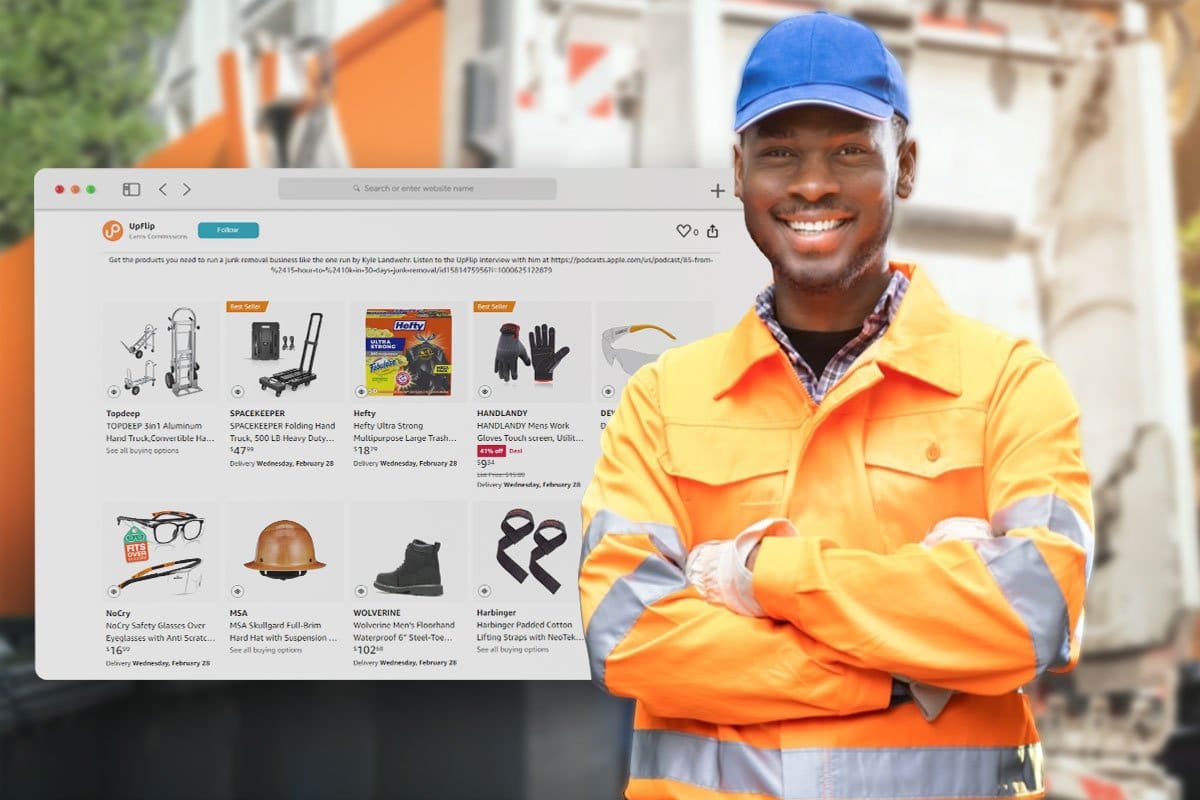
Junk removal businesses need a variety of tools, equipment, and software to run successfully.
We’ve got you covered! Get all the supplies you need as a junk removal business owner from the UpFlip Junk Removal Store, or check out the list of tools you need for junk removal jobs below.
Junk removal businesses need the following:
Author’s Note: Hauling away a ton (2,000 pounds) of air conditioners can make you around $2,000, based on my time working in HVAC.
You might want other tools including:
Next, find out how to market your junk disposal company.
When you start a junk removal business, you’ll need to build a name for yourself. To market yourself, you should:
Social media is a powerhouse for all forms of service businesses. Kyle told us:
[su_quote]I went all in on social media, specifically Facebook. You used to have to go to businesses to network, but I can get way more leads from social.[/su_quote]
Junk removal businesses should:
Kyle also explained that Instagram is better for marketing his junk removal coaching business.
You’ll need to find customers who need junk disposal services. There are a lot of ways to help people find you when they need help. Kyle discussed where you can find potential customers:
[su_quote]Social media, Google (both search and local ads), flyers, door knocking, and Yelp are all good places to find leads.[/su_quote]
Business software is necessary to help potential customers find your business and manage all the jobs.
The main requirements you are looking for in software include a website, email and text automation, quotes, invoicing, and a customer relationship management system.
Many junk removal businesses use either Jobber or Housecall Pro, which offer all of the services above. Based on testing both for blogs, I like Housecall Pro’s functionality better.
Quote prices
Once you have gotten leads, Kyle said that you’ll want to go to the person’s residence or business location so you can see the extent of the junk haul-off. There, you’ll examine what you need to remove and provide an estimate. If you’re in the junk removal truck, you might even be able to haul the junk immediately.
You should also provide a business card so they can contact you if they don’t want the junk removed immediately.
In addition to offering home and office junk removal, Kyle suggested the following services:
[su_quote]You can also offer house flipping, dumpster rentals, and demolition.[/su_quote]
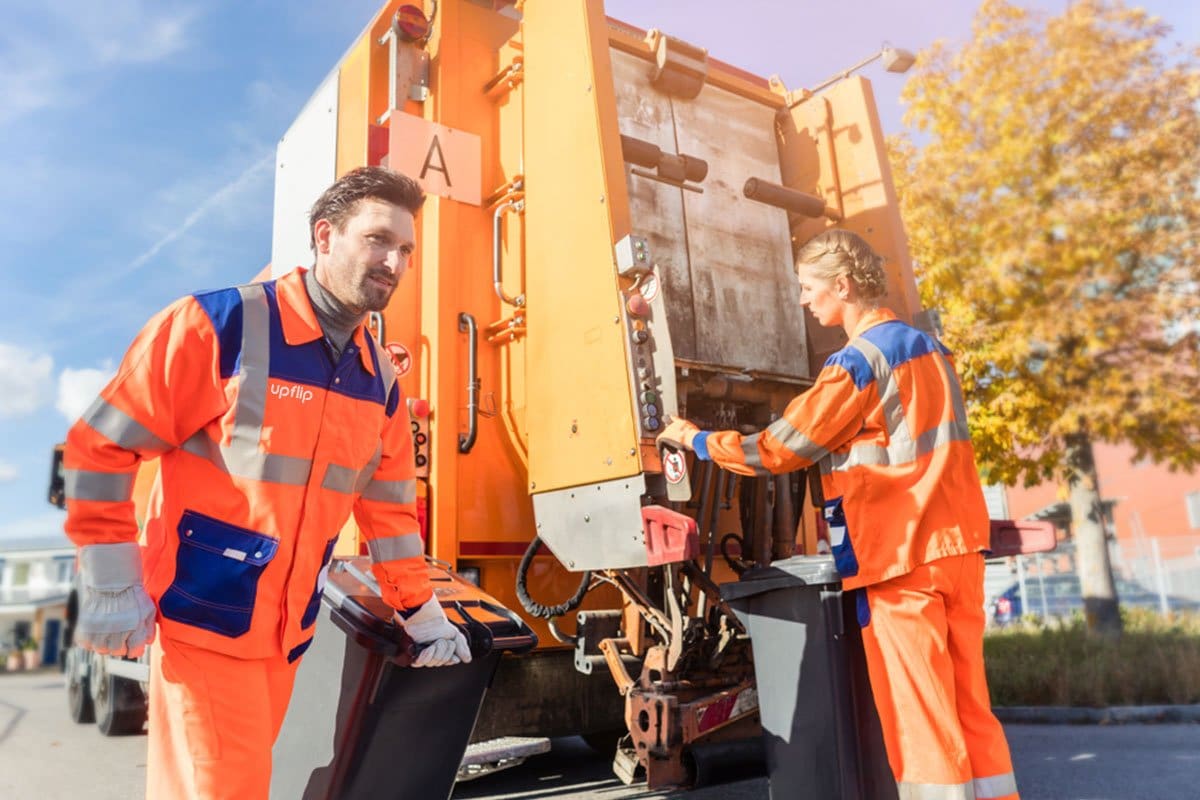
When it’s time to collect the junk, you’ll go to the customer’s location and put it in the truck or scrap trailer. Removal time will depend on the number of items, ease of getting to them, and other tasks you need to do.
When you are done, you’ll want to get paid for junk removal. You might also want to provide junk removal business cards because the waste removal industry doesn’t get much repeat business, but business cards could help you get referrals.
Finally, you’ll take the junk to the dump, a recycling yard, or somewhere that you can repair it. When there are things you can recycle or repair, you can commonly make some extra money when you have slow periods.
When you start a junk removal company, you’ll want to find ways to expand it. Kyle told us:
[su_quote]Focus on perfecting one thing, but be open to expanding to other services. In my case, it led to house flipping and coaching.[/su_quote]
You could recycle or repair appliances to make extra money, too. As your business grows, you could also franchise your business to help other people get started quicker.
Kyle explained:
[su_quote]Lots of people thought I was all talk, but once I started a lot of my friends wanted to become junk removers.[/su_quote]
If you don’t want to work with friends, learn about hiring employees from a recruiter.
Establishing and documenting systems and policies for your business can make it run smoother, even in your absence.
Junk removal pros normally charge a minimum pickup fee of $50 to $150, and larger jobs may cost a minimum of $100 to $450. If customers rent dumpsters, those may cost $30 to $285 per day.
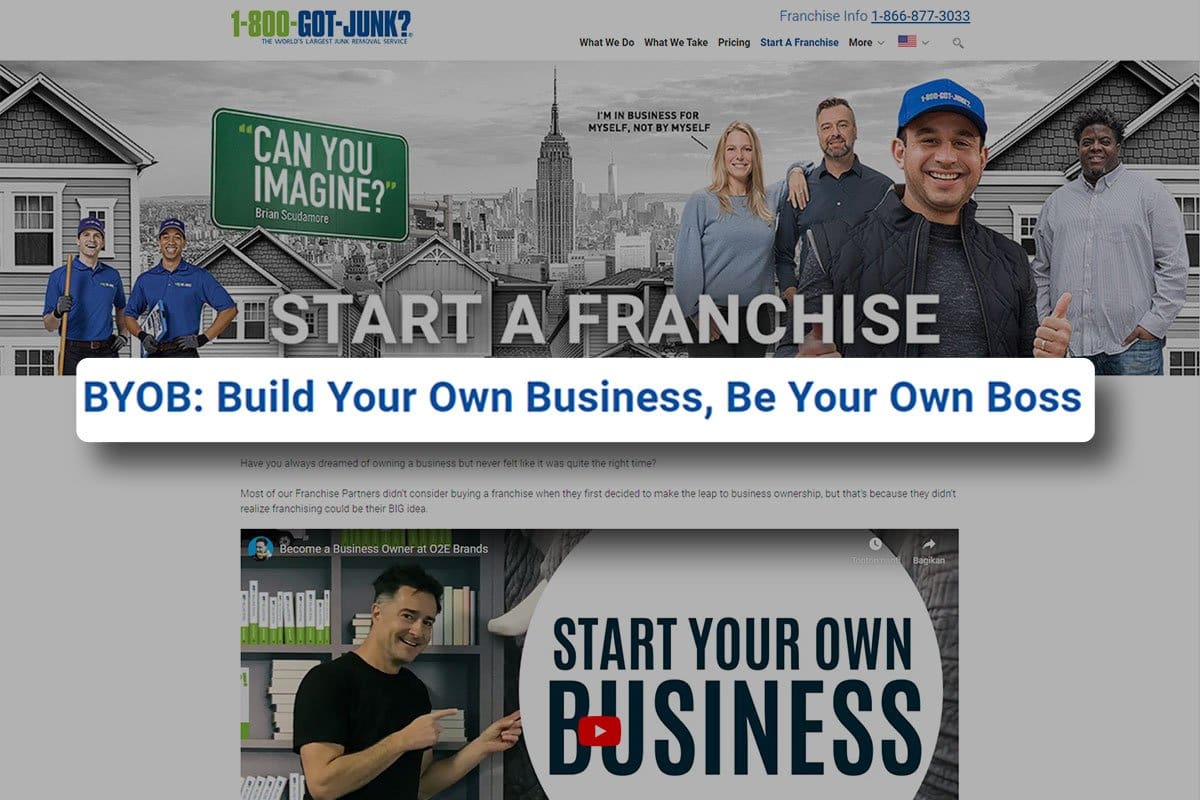
Yes, you can buy a junk removal franchise. Some of the common junk removal franchises are:
Learn about other junk collector franchises.
Whether you want to start a junk removal side hustle, buy a franchise, or start your own business, we’ve covered every aspect of entering the junk removal business as an entrepreneur.
It’s up to you to get started. What kind of junk removal will you do?
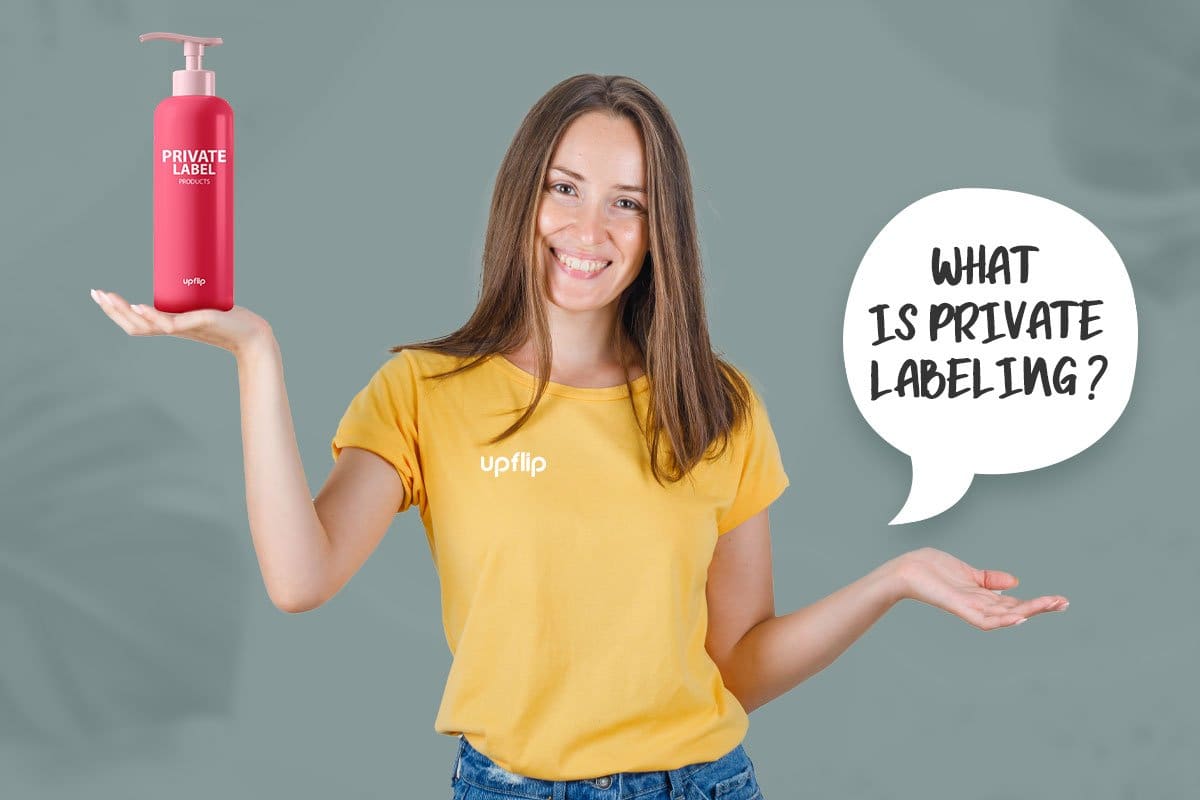 Private label products are products created by a manufacturer with the intent for an exclusive third party to sell them using a different brand name. Private labeling removes the need to invest in high-priced equipment by paying an existing manufacturer for the production of goods.
Private label businesses are growing increasingly popular in the ecommerce field thanks to the reduced startup costs of a private label brand.
Private label products are products created by a manufacturer with the intent for an exclusive third party to sell them using a different brand name. Private labeling removes the need to invest in high-priced equipment by paying an existing manufacturer for the production of goods.
Private label businesses are growing increasingly popular in the ecommerce field thanks to the reduced startup costs of a private label brand.
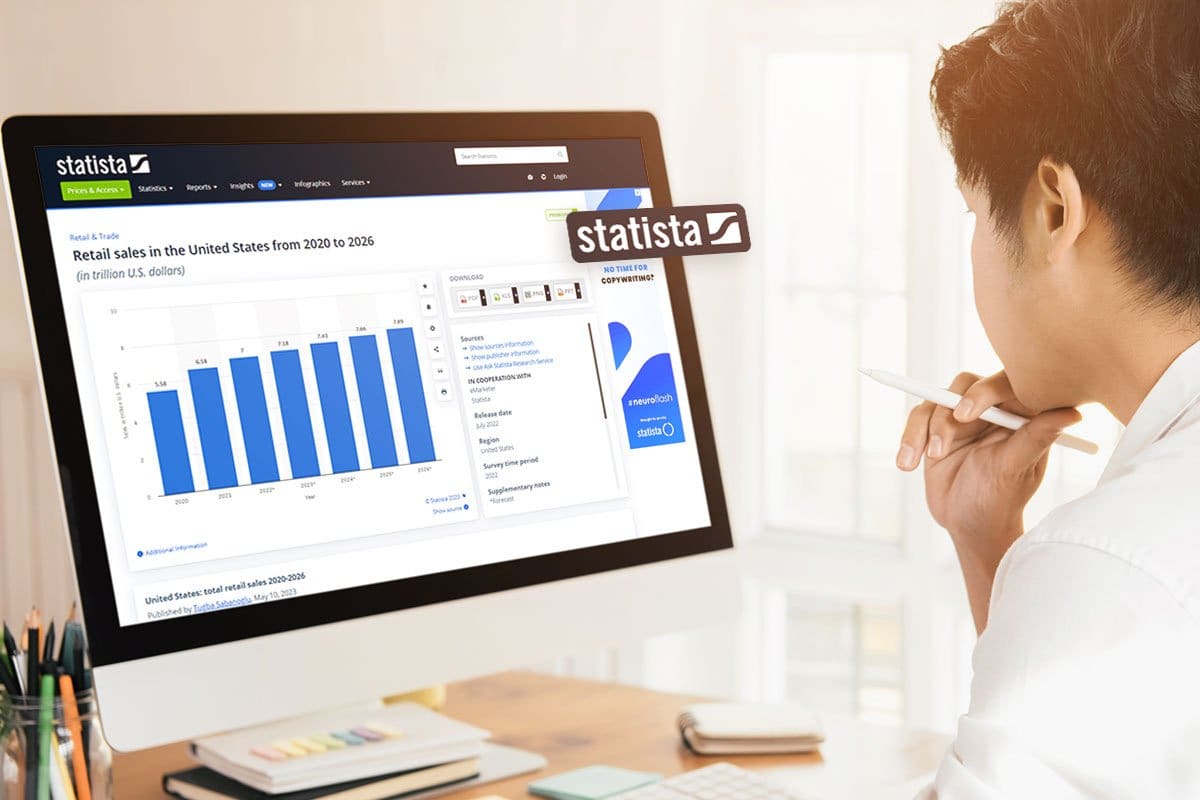 According to Statista, private label products accounted for $6.6 trillion of 2021 GDP and are projected to hit $7.9 trillion in 2026. This includes big brands that offer their own branded products. To draw inspiration from which products sell most, look at the major retail private labels:
According to Statista, private label products accounted for $6.6 trillion of 2021 GDP and are projected to hit $7.9 trillion in 2026. This includes big brands that offer their own branded products. To draw inspiration from which products sell most, look at the major retail private labels:
 We pulled a list of commonly searched private label, white label, and branded products from ahrefs.com to find out what industries use the most private label-ready products. If you’re looking for a niche market, consider these private labeling ideas:
We pulled a list of commonly searched private label, white label, and branded products from ahrefs.com to find out what industries use the most private label-ready products. If you’re looking for a niche market, consider these private labeling ideas:
 Private labeling will require a contract between your business and the third party manufacturer. The contract terms may be dictated by the private label manufacturer, the private label, or negotiated.
If you are using print-on-demand, the manufacturer will almost always dictate the terms, while terms for a custom-made product will be negotiated.
Even when terms are negotiated, there are some specifics that may be unchangeable, like the minimum order quantity (MOQ) or quality controls.
Now that you understand the process of private labeling, let’s circle back to where to find private label products to start your business.
Private labeling will require a contract between your business and the third party manufacturer. The contract terms may be dictated by the private label manufacturer, the private label, or negotiated.
If you are using print-on-demand, the manufacturer will almost always dictate the terms, while terms for a custom-made product will be negotiated.
Even when terms are negotiated, there are some specifics that may be unchangeable, like the minimum order quantity (MOQ) or quality controls.
Now that you understand the process of private labeling, let’s circle back to where to find private label products to start your business.
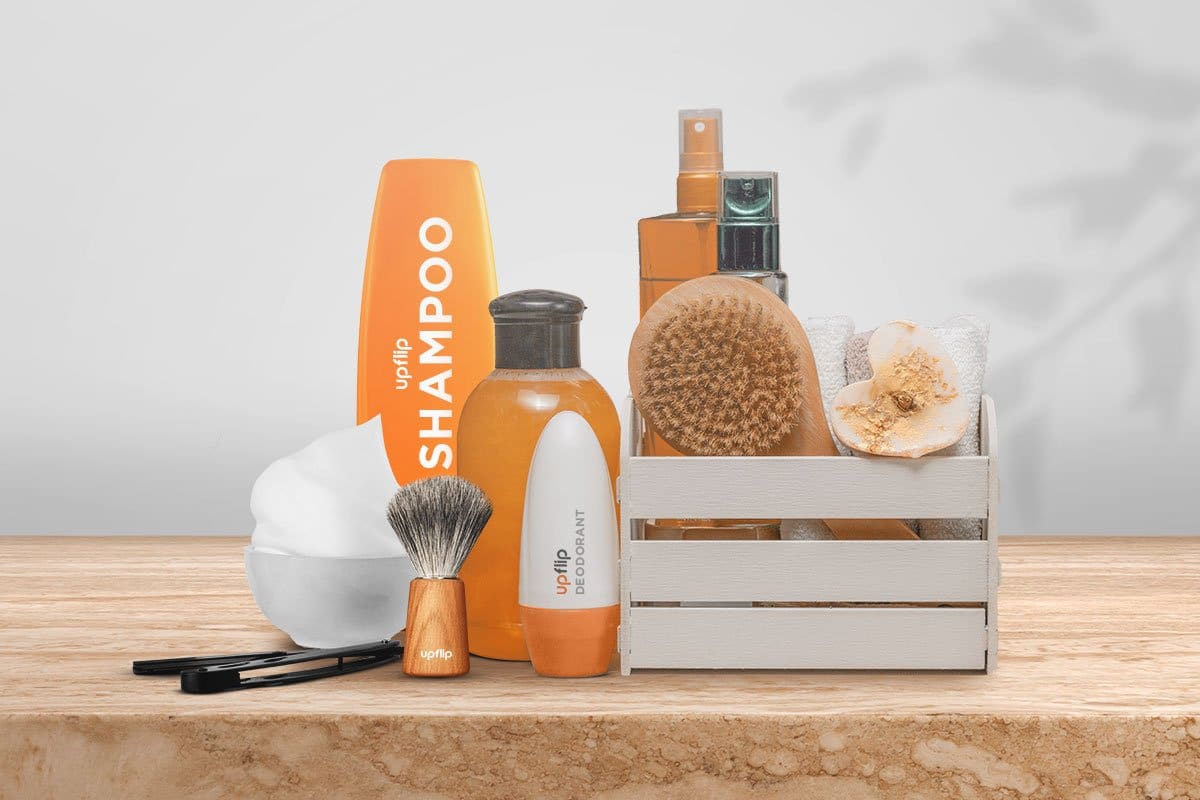 This category includes the following search terms:
This category includes the following search terms:
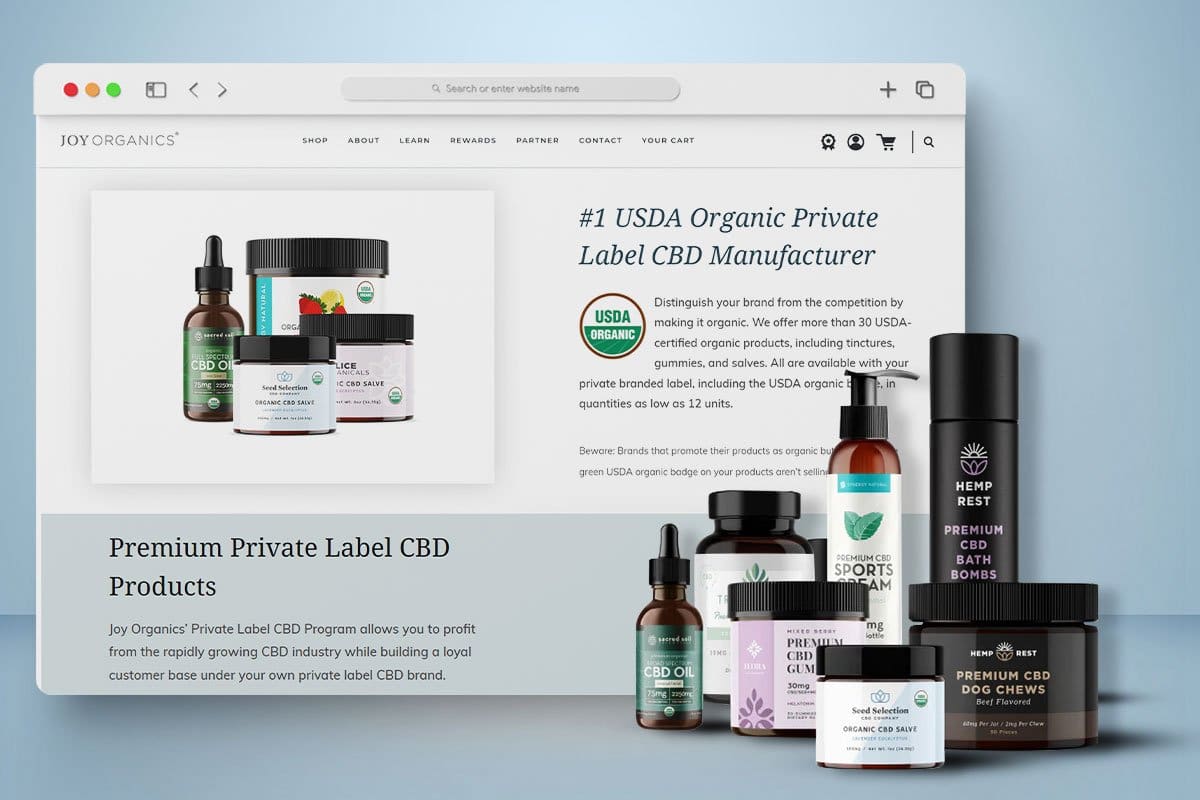 To find hemp and CBD private label products to sell on Amazon and other sites, search terms like:
To find hemp and CBD private label products to sell on Amazon and other sites, search terms like:
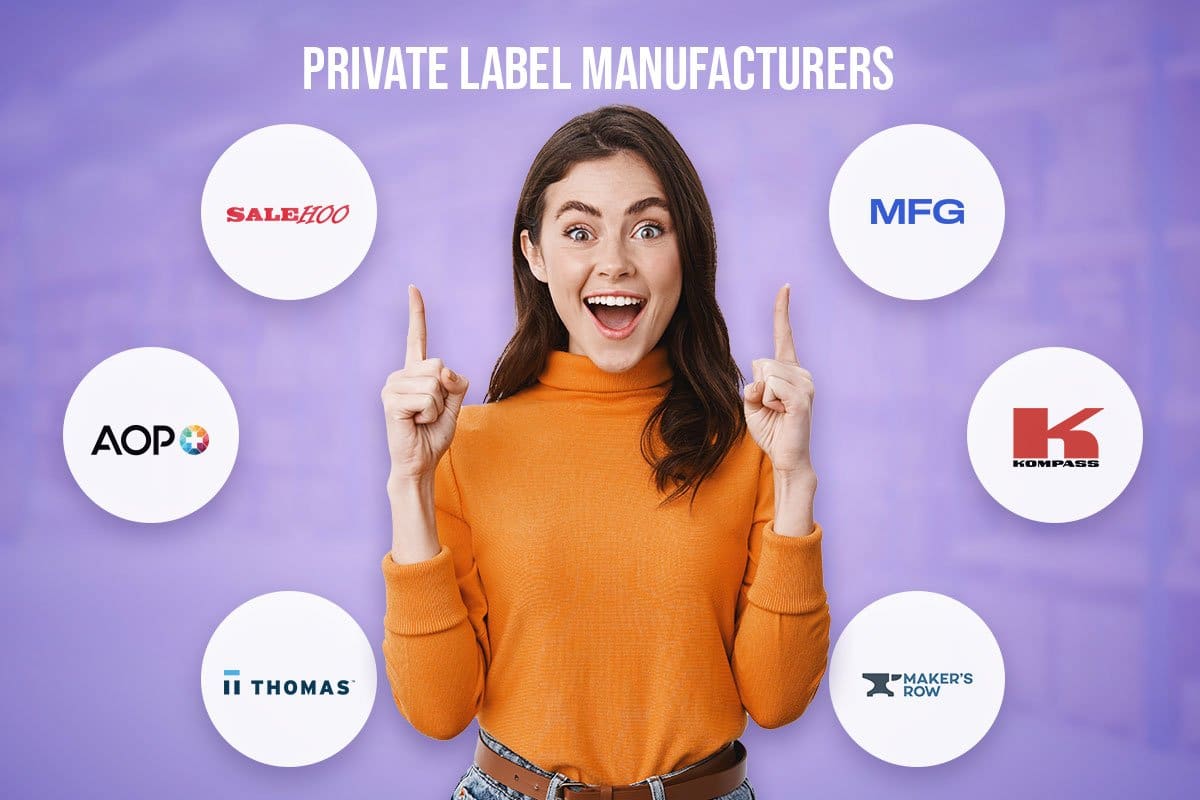
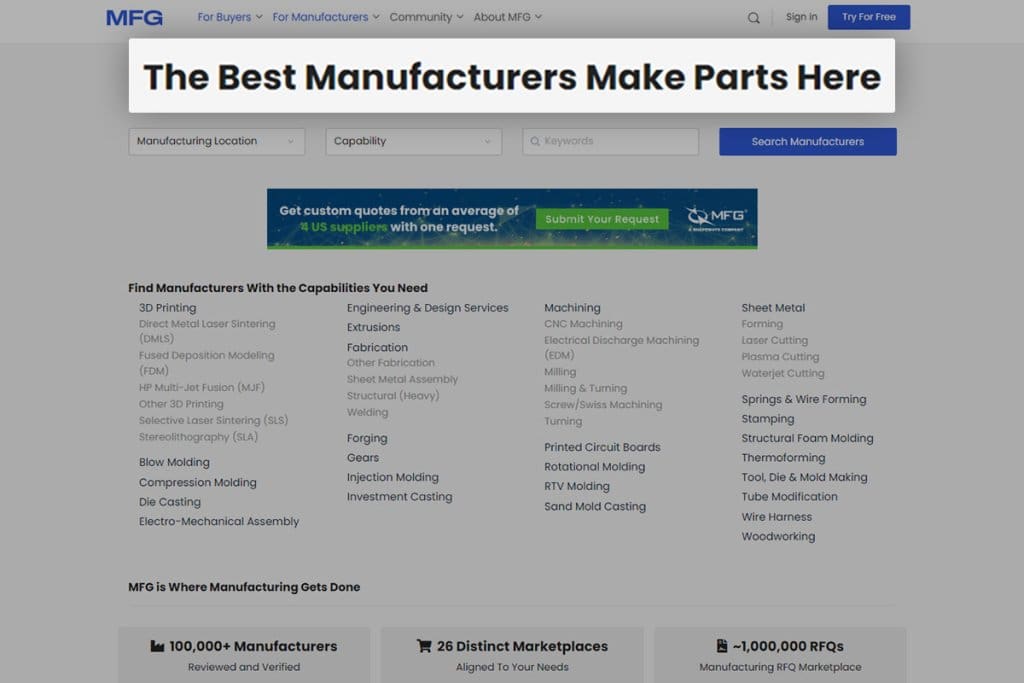 Another popular directory is MFG. You can search suppliers by continent. This directory is over 20 years old and allows you to find manufacturers or create a free profile to request quotes and use other features. While I haven’t dug deep into MFG’s database, they seem to be more focused on metals and plastics.
Another popular directory is MFG. You can search suppliers by continent. This directory is over 20 years old and allows you to find manufacturers or create a free profile to request quotes and use other features. While I haven’t dug deep into MFG’s database, they seem to be more focused on metals and plastics.
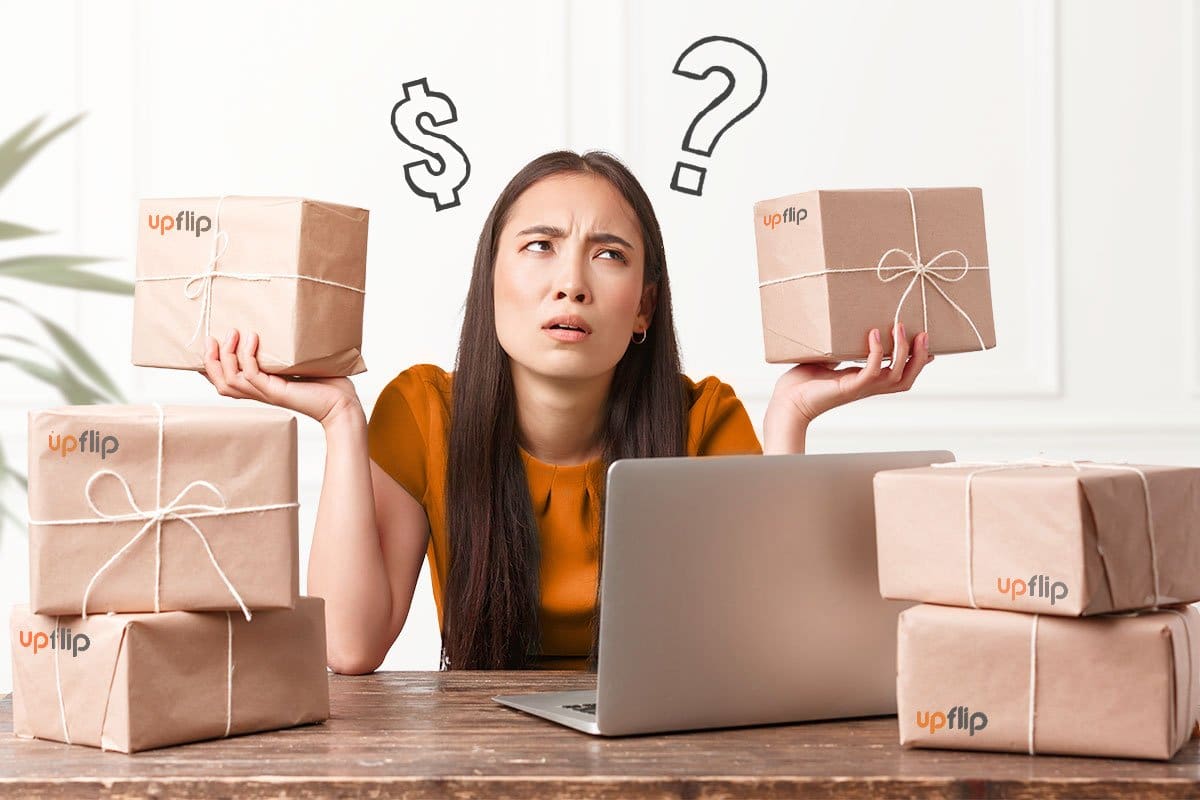 After you have sourced your private label products, you’ll need to set up the system to sell your private label goods. You’ll need to perform the following steps when you have private label products to sell.
After you have sourced your private label products, you’ll need to set up the system to sell your private label goods. You’ll need to perform the following steps when you have private label products to sell.
 eCommerce business models make it easy for a business owner to build their own websites and ecommerce stores. This is really important when you have private label products to sell (I’ll tell you more in our cautionary tale). A private label product company will need to:
eCommerce business models make it easy for a business owner to build their own websites and ecommerce stores. This is really important when you have private label products to sell (I’ll tell you more in our cautionary tale). A private label product company will need to:
[su_note note_color="#dbeafc"]
 After you’ve written content for your private label business, you should share it on social media. Make sure the content fits both your private label business and the social media platform you share it on. Some types of content perform better on certain social media platforms:
After you’ve written content for your private label business, you should share it on social media. Make sure the content fits both your private label business and the social media platform you share it on. Some types of content perform better on certain social media platforms:
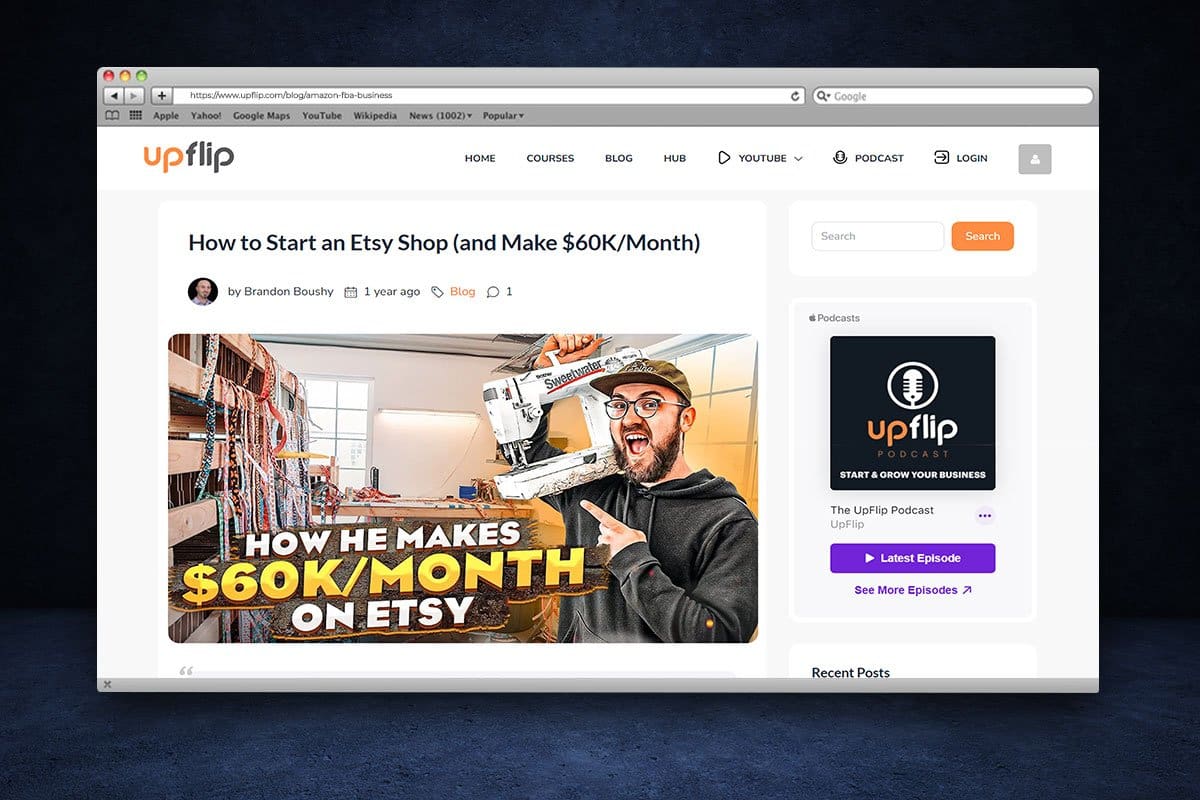 Create an online store on every marketplace you can to get your private labeling in front of as many eyes as you can. According to SimilarWeb, the top places to sell private labeled products are:
Create an online store on every marketplace you can to get your private labeling in front of as many eyes as you can. According to SimilarWeb, the top places to sell private labeled products are:
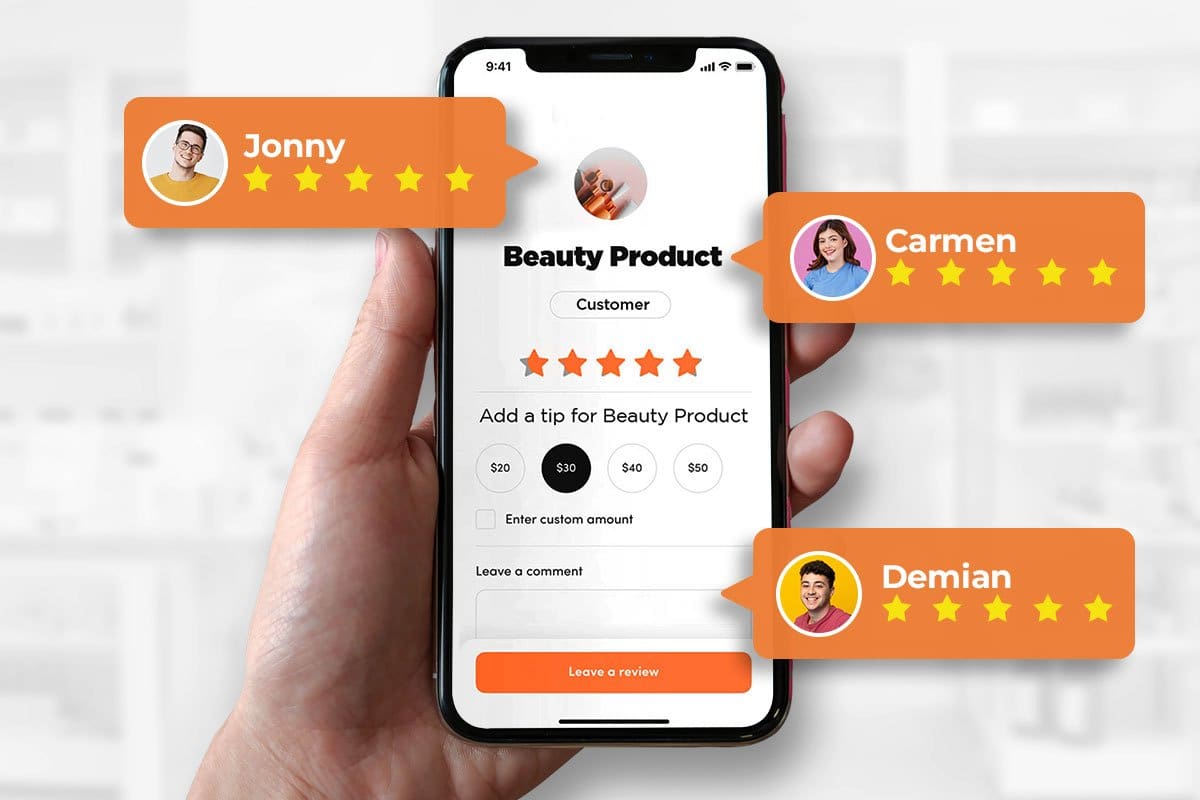 No brand starts with instant name recognition. You’ll need to get reviews for your private label to help overcome poor consumer perception of private and white label products.
Once people see that a company has great product reviews, they are more likely to accept that the brand identity isn’t just trying to make higher profit margins on generic products.
One of the best ways to do this is to automate requests for reviews several days to a week after the consumer has received the product. (Be careful though. Amazon private label products can get in trouble if they request reviews through means other than the standard product review process.)
No brand starts with instant name recognition. You’ll need to get reviews for your private label to help overcome poor consumer perception of private and white label products.
Once people see that a company has great product reviews, they are more likely to accept that the brand identity isn’t just trying to make higher profit margins on generic products.
One of the best ways to do this is to automate requests for reviews several days to a week after the consumer has received the product. (Be careful though. Amazon private label products can get in trouble if they request reviews through means other than the standard product review process.)
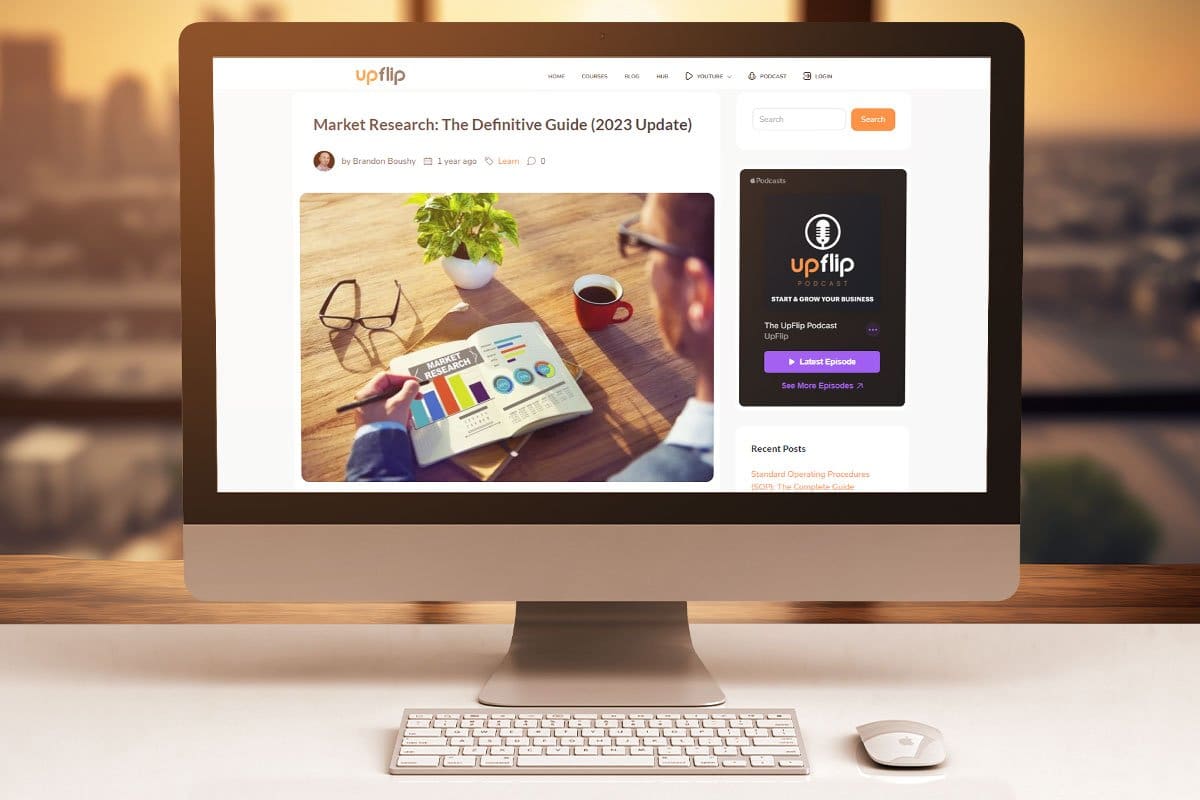 You’ll want to research Amazon’s seller options to decide which one you want to use. Most Amazon sellers use the FBA service, in which the manufacturer ships your bulk goods to Amazon and Amazon fulfills the order for a referral fee between 5 and 20%.
Make sure to read the fees really well because they impact pricing and profitability.
One particularly useful trick you can use with Amazon FBA is working with a dropshipper to produce your custom products. Place an original bulk order that is sent to the Amazon warehouse, then every time a product is ordered, have Amazon ship it, send the dropshipper money for more, and you keep the profits.
Just like that, you get the benefits of Prime and dropshipping all in one.
You’ll also want to research the demand for the product category. Make sure you study the number of competitors and the number of searches for similar products. Michael Jackness, the owner of treadmill.com and Amazon FBA private label stores, told us:
[su_quote]Picking the right niche and market is really important. It’s gotten more expensive to get the customer, so you need to be able to sell to them more than once.[/su_quote]
Hear more from Michael to learn how he created a $9 million annual ecommerce company.
Learn more about market research.
You’ll want to research Amazon’s seller options to decide which one you want to use. Most Amazon sellers use the FBA service, in which the manufacturer ships your bulk goods to Amazon and Amazon fulfills the order for a referral fee between 5 and 20%.
Make sure to read the fees really well because they impact pricing and profitability.
One particularly useful trick you can use with Amazon FBA is working with a dropshipper to produce your custom products. Place an original bulk order that is sent to the Amazon warehouse, then every time a product is ordered, have Amazon ship it, send the dropshipper money for more, and you keep the profits.
Just like that, you get the benefits of Prime and dropshipping all in one.
You’ll also want to research the demand for the product category. Make sure you study the number of competitors and the number of searches for similar products. Michael Jackness, the owner of treadmill.com and Amazon FBA private label stores, told us:
[su_quote]Picking the right niche and market is really important. It’s gotten more expensive to get the customer, so you need to be able to sell to them more than once.[/su_quote]
Hear more from Michael to learn how he created a $9 million annual ecommerce company.
Learn more about market research.
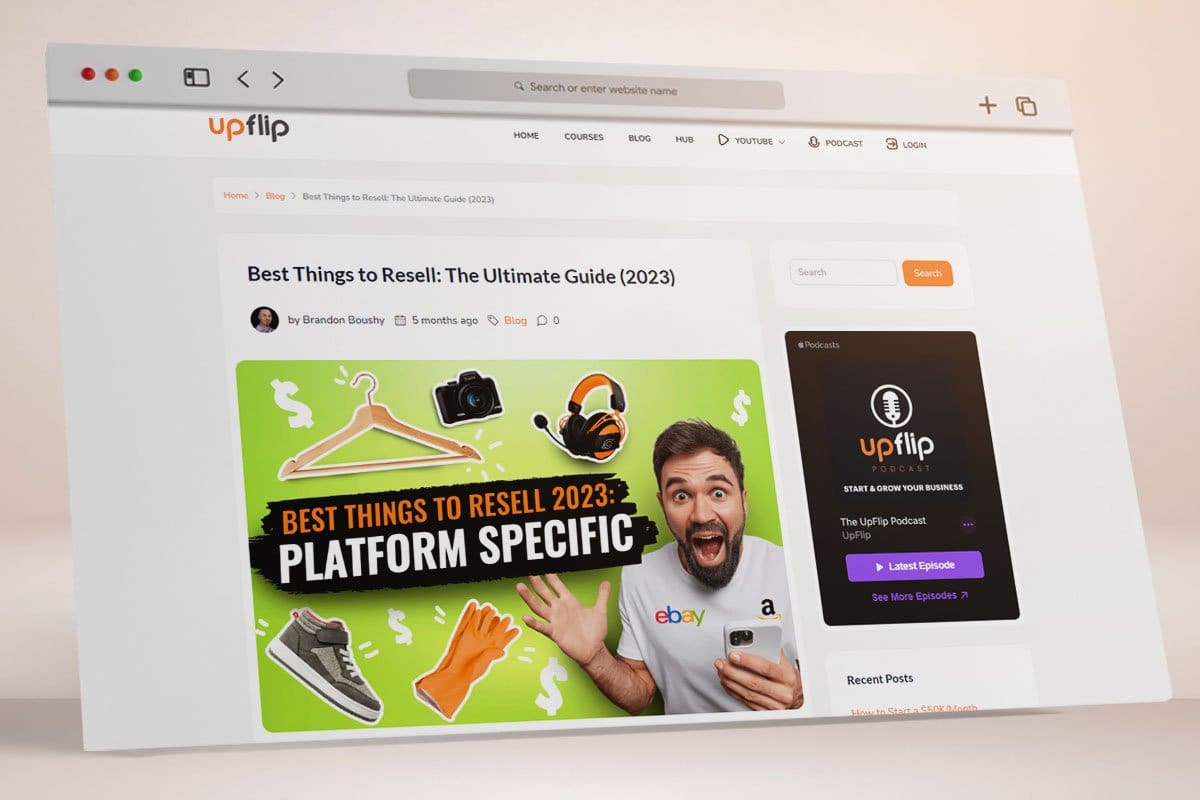 We’ve already provided a list of private label products and where to find them, but you should check out our best things to resell blog for more information on the best products to private label.
We’ve already provided a list of private label products and where to find them, but you should check out our best things to resell blog for more information on the best products to private label.
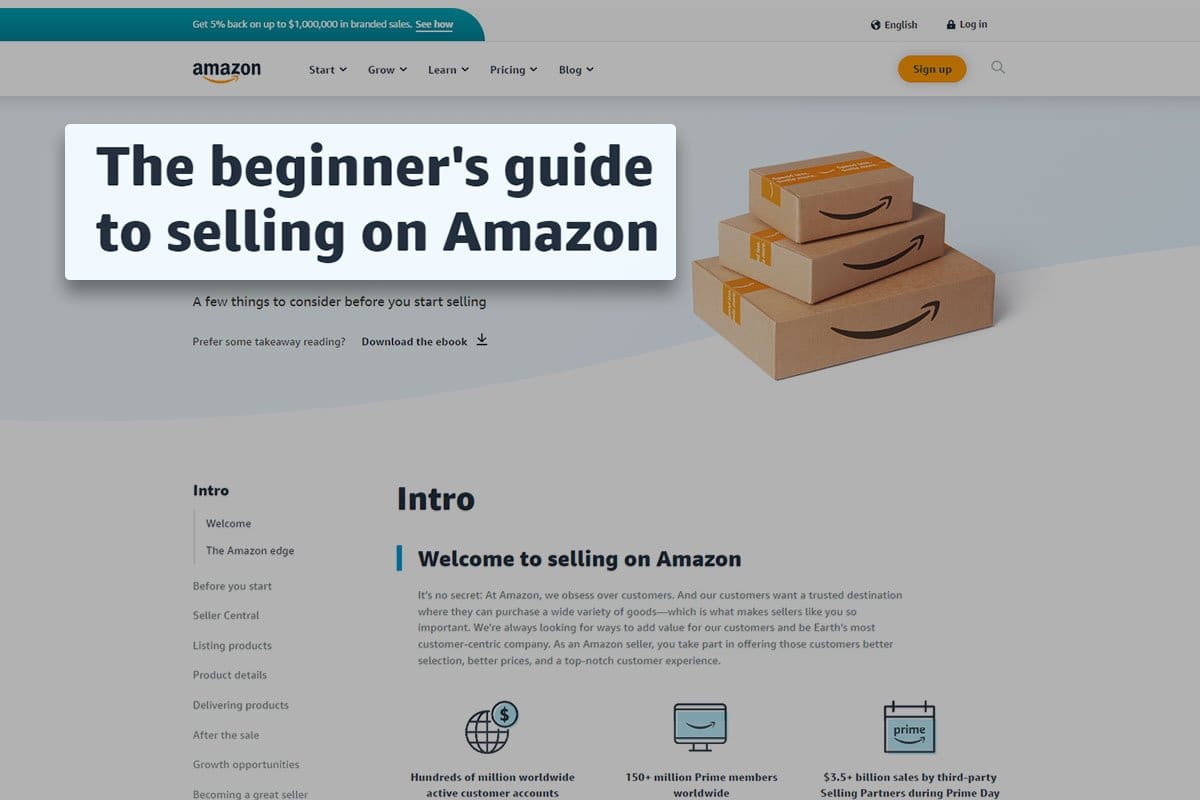 To make the most of Amazon, you need to have an Amazon FBA account. Sending your products to Amazon’s warehouse means they qualify for Amazon Prime. You can also qualify for Prime with self fulfillment (but there are more stringent requirements). I strongly suggest reading Amazon’s guide before getting started as well.
To make the most of Amazon, you need to have an Amazon FBA account. Sending your products to Amazon’s warehouse means they qualify for Amazon Prime. You can also qualify for Prime with self fulfillment (but there are more stringent requirements). I strongly suggest reading Amazon’s guide before getting started as well.
 Inbox
Inbox 
Learn from business failures and successes in 5 min or less. The stories, frameworks, and tactics that will make you a 10x better founder.
 Join our 45,000+ entrepreneurs
Join our 45,000+ entrepreneurs